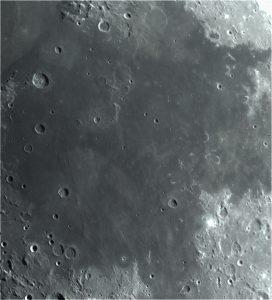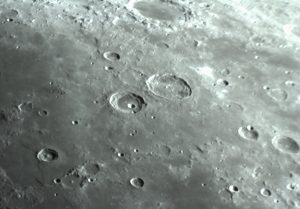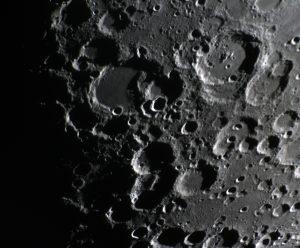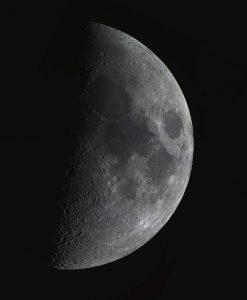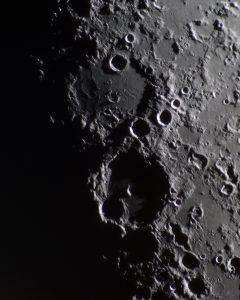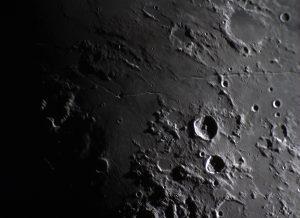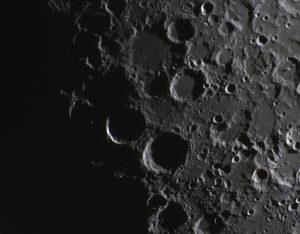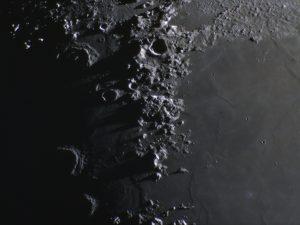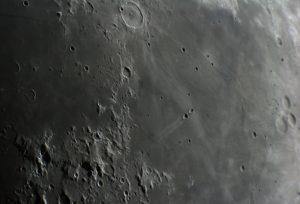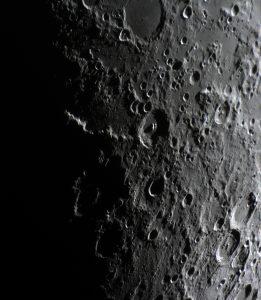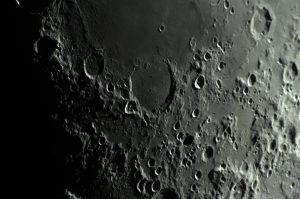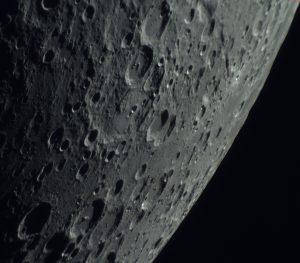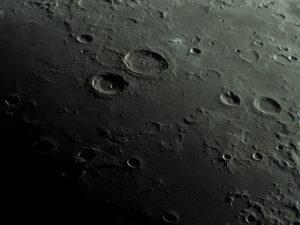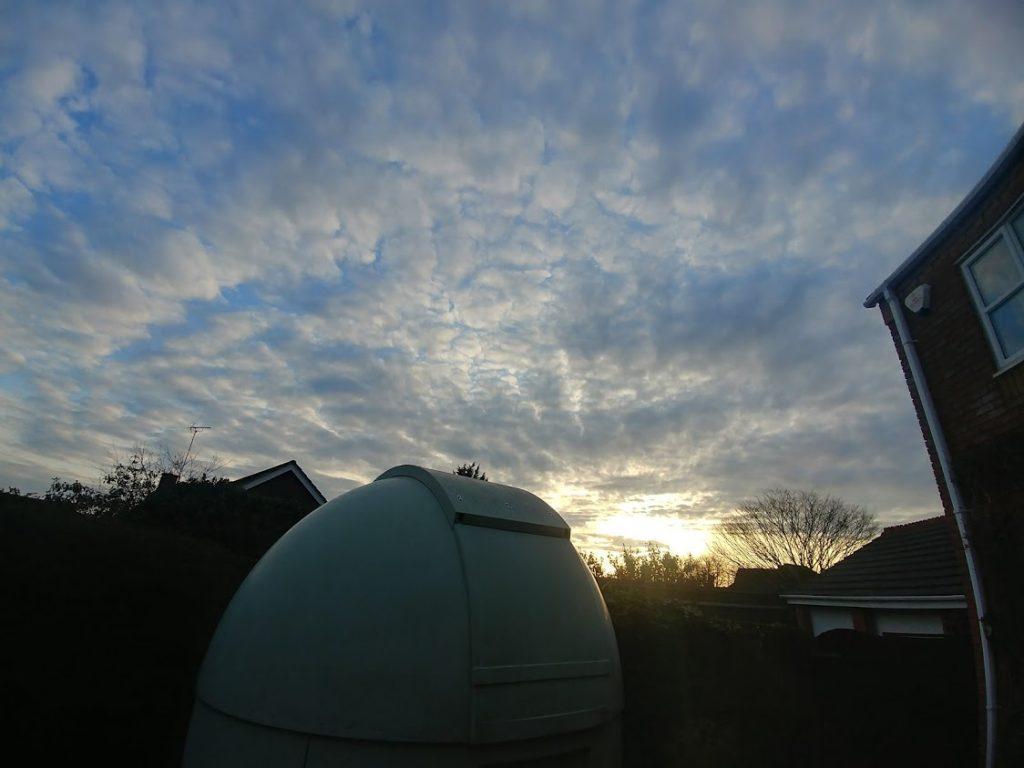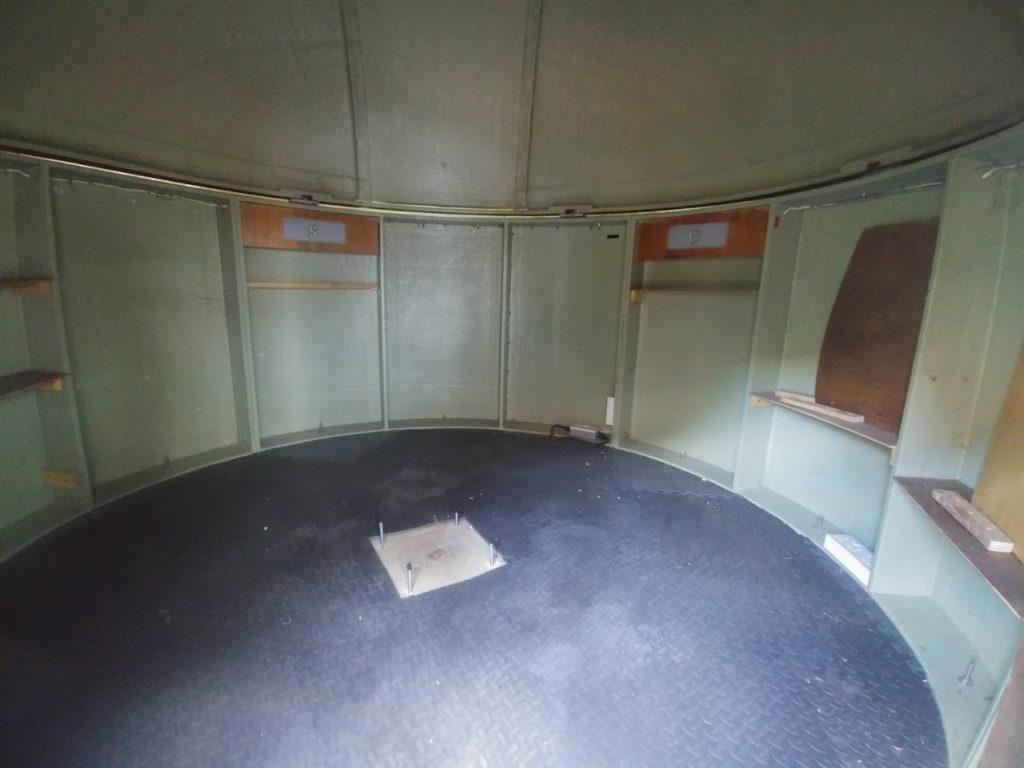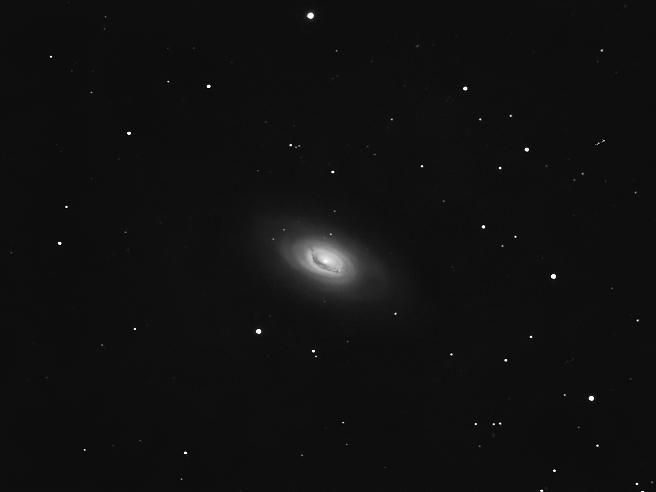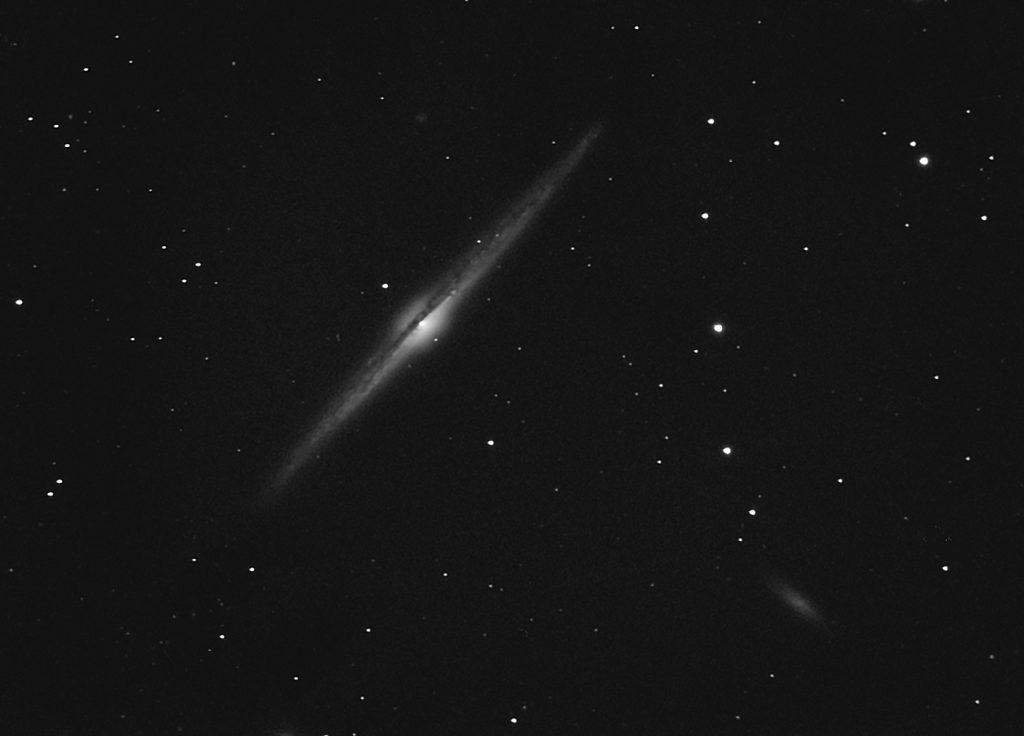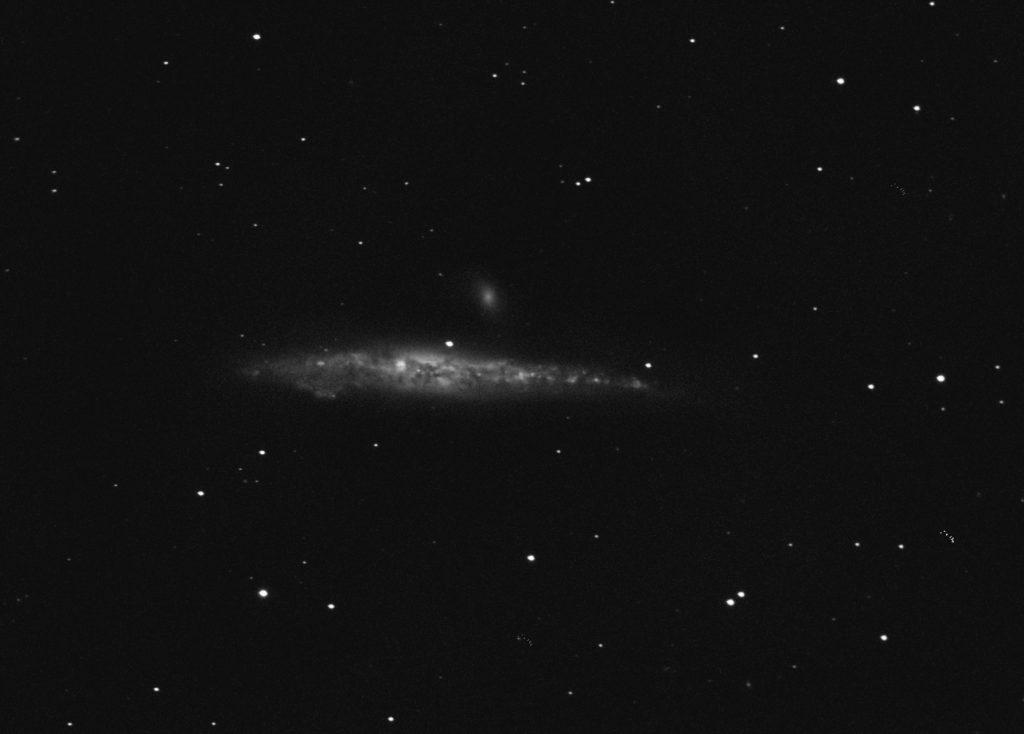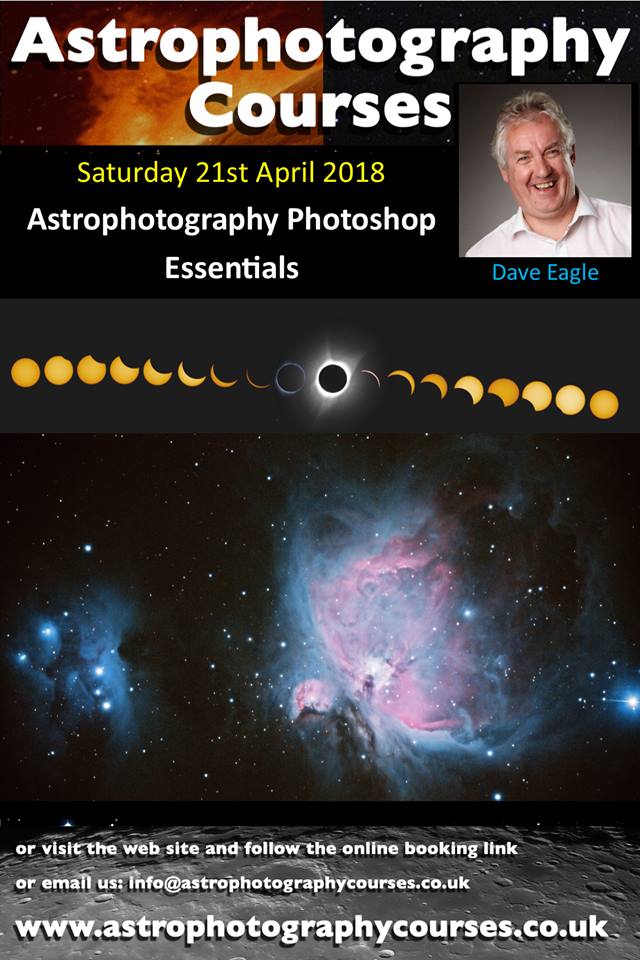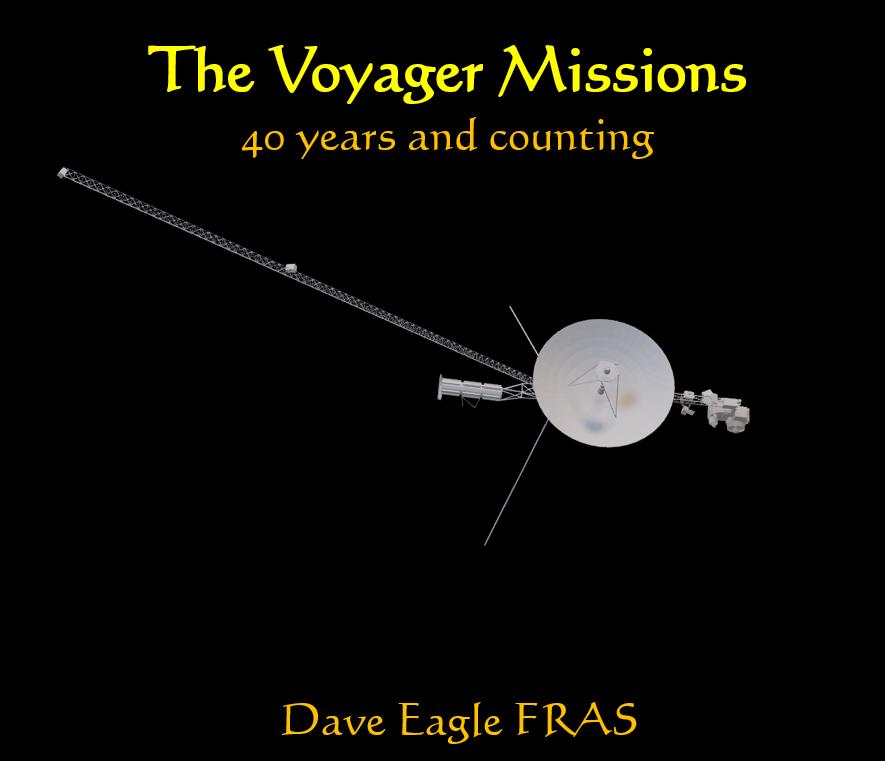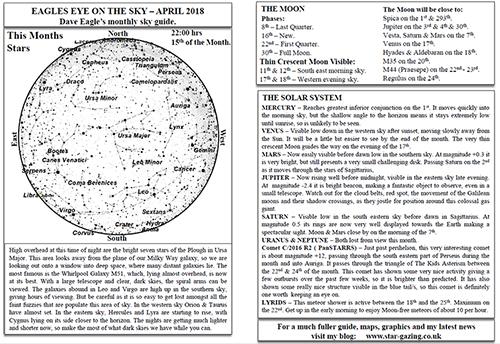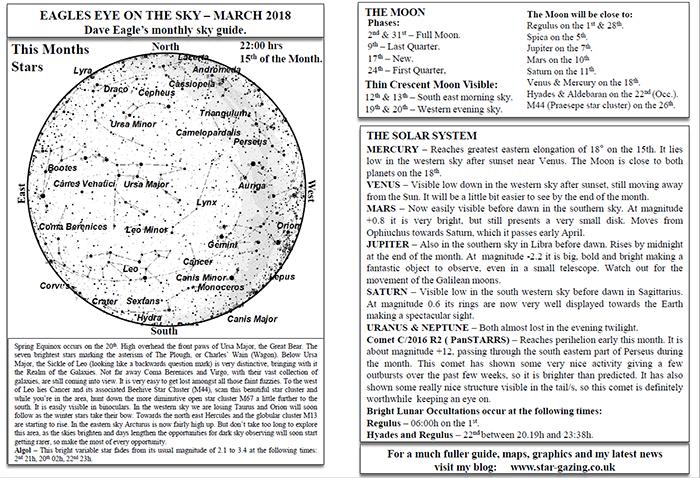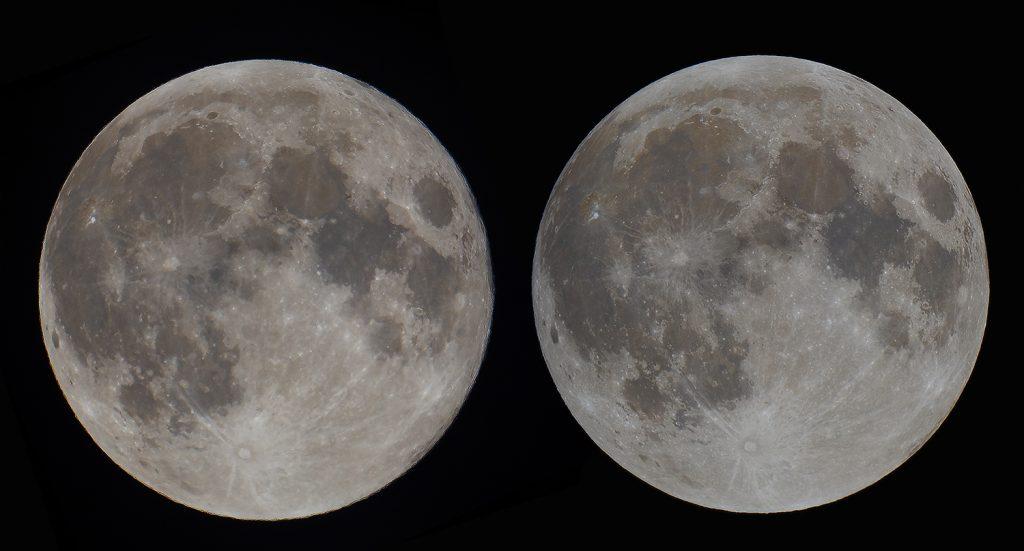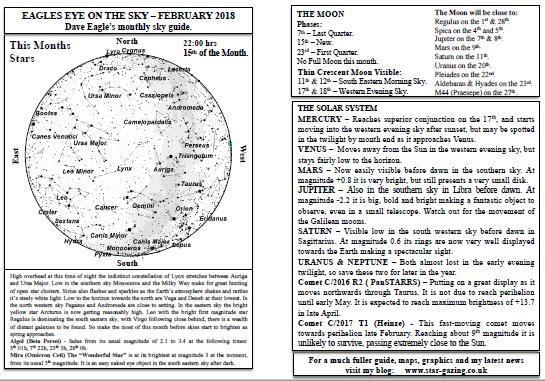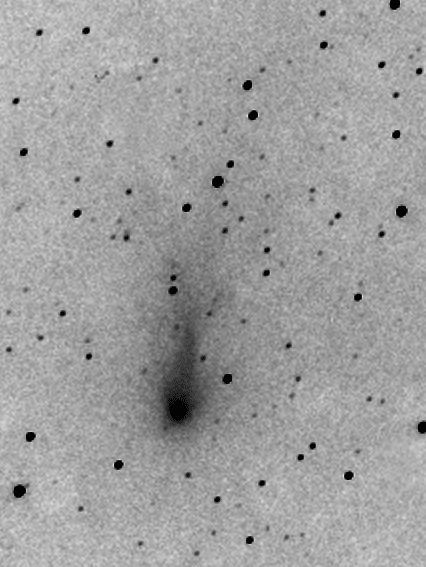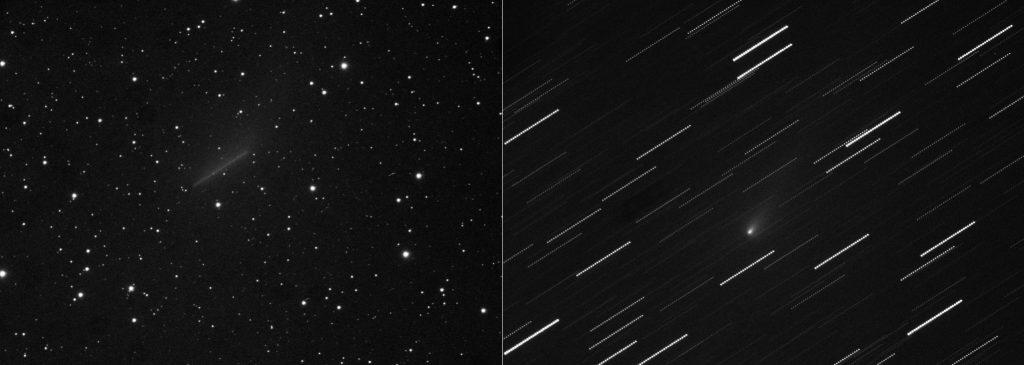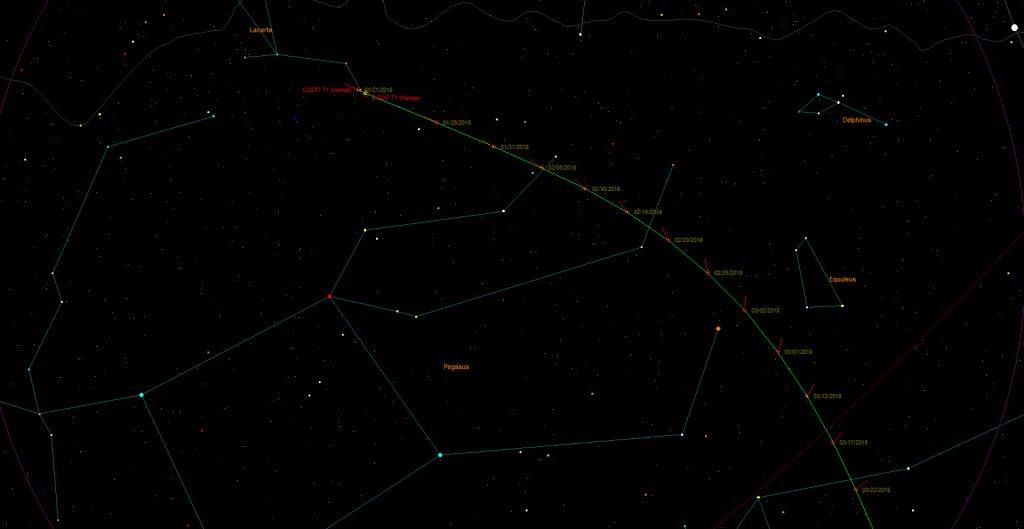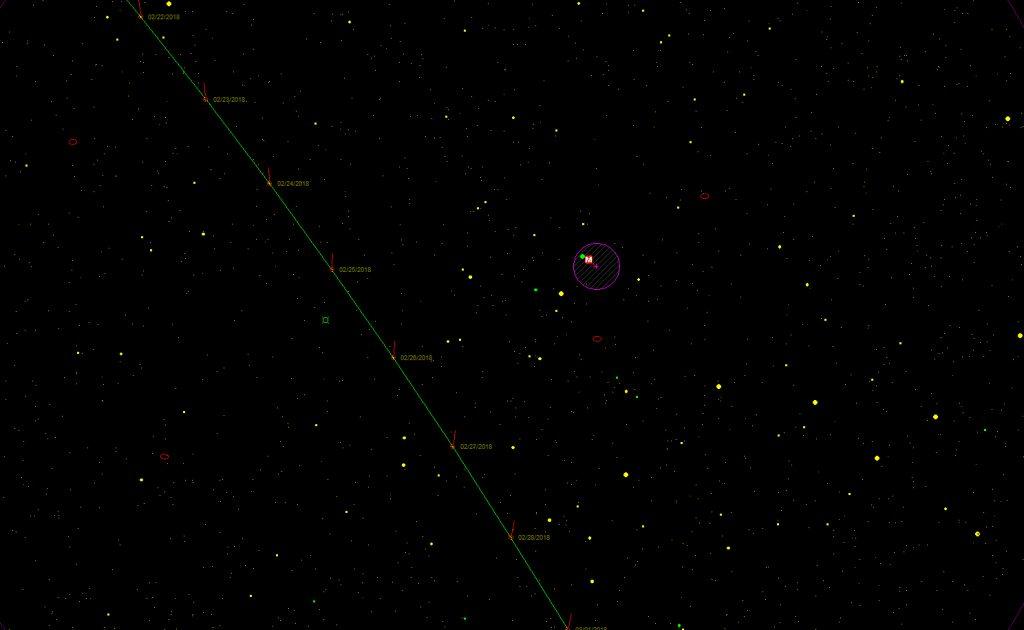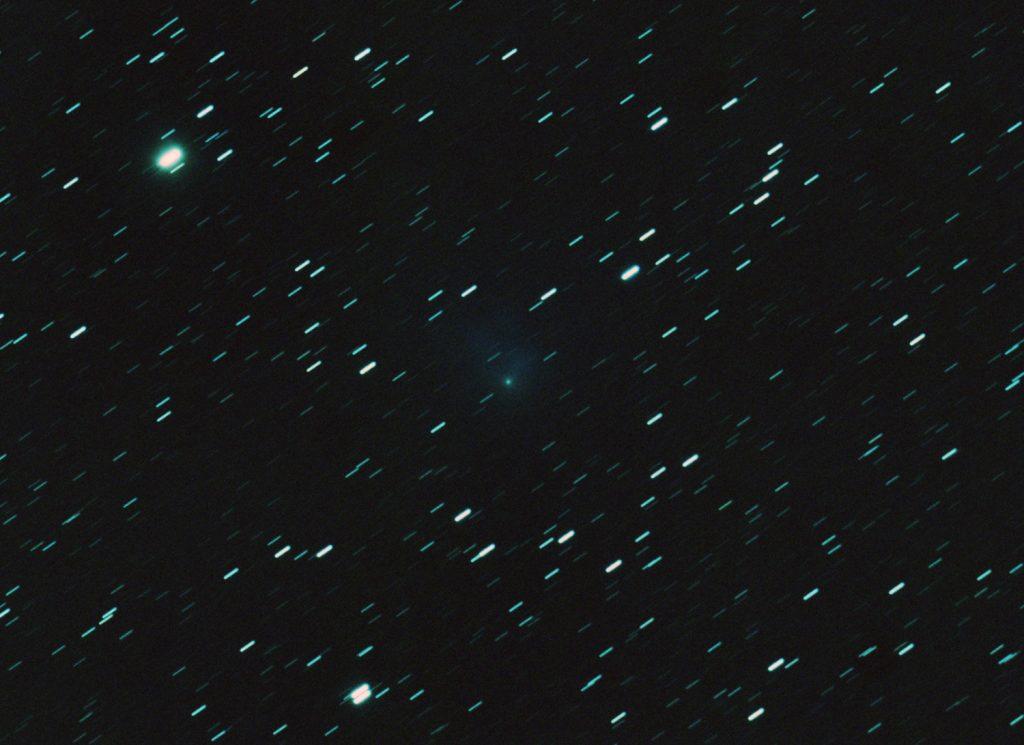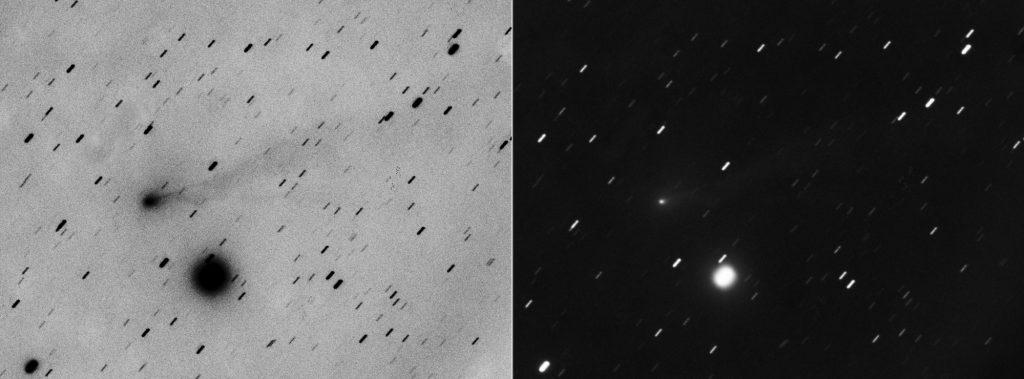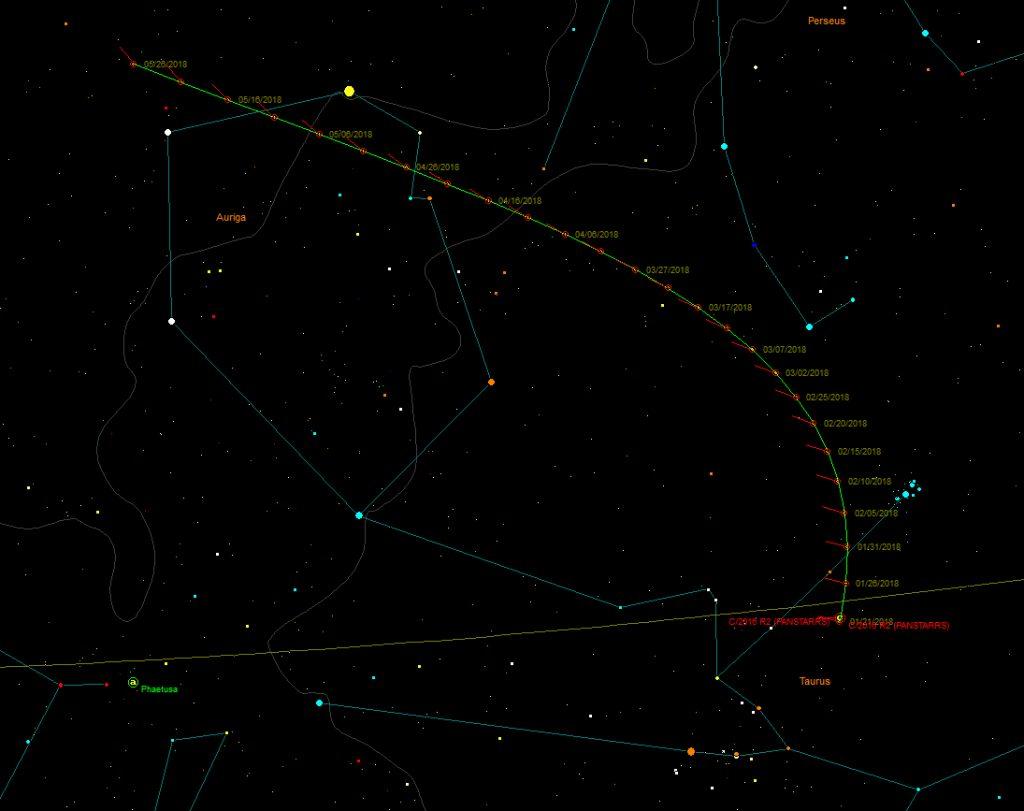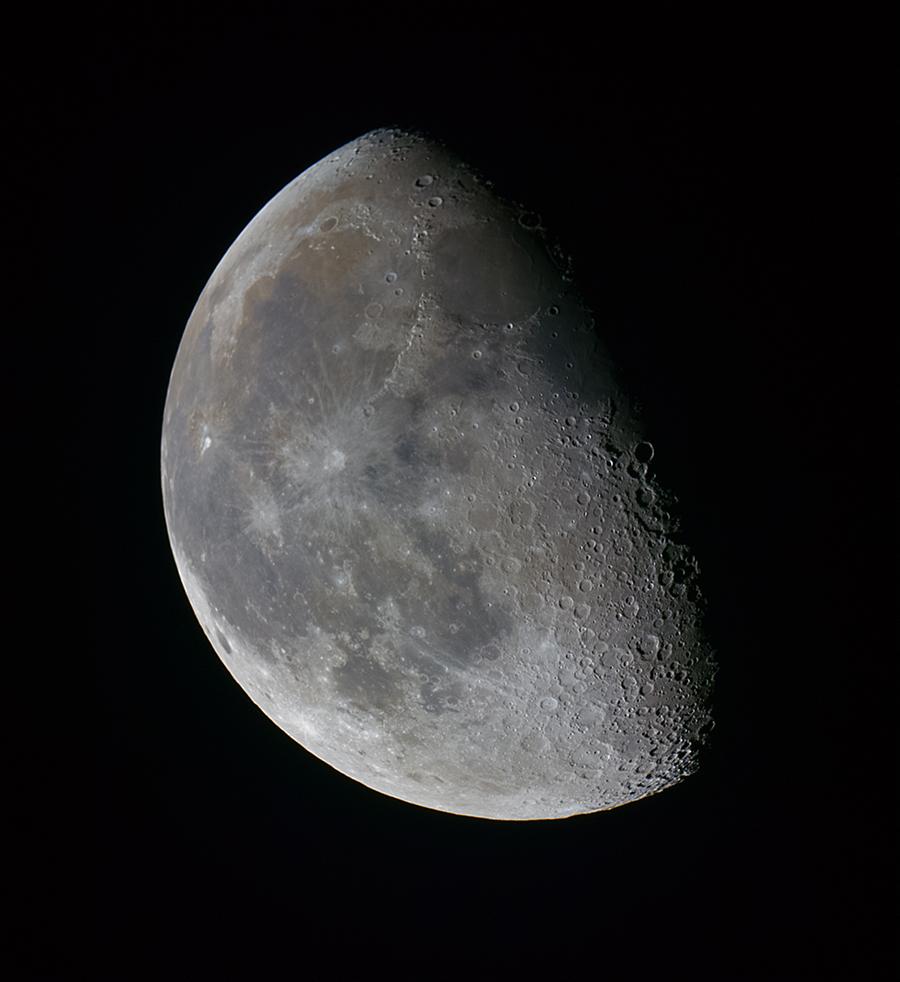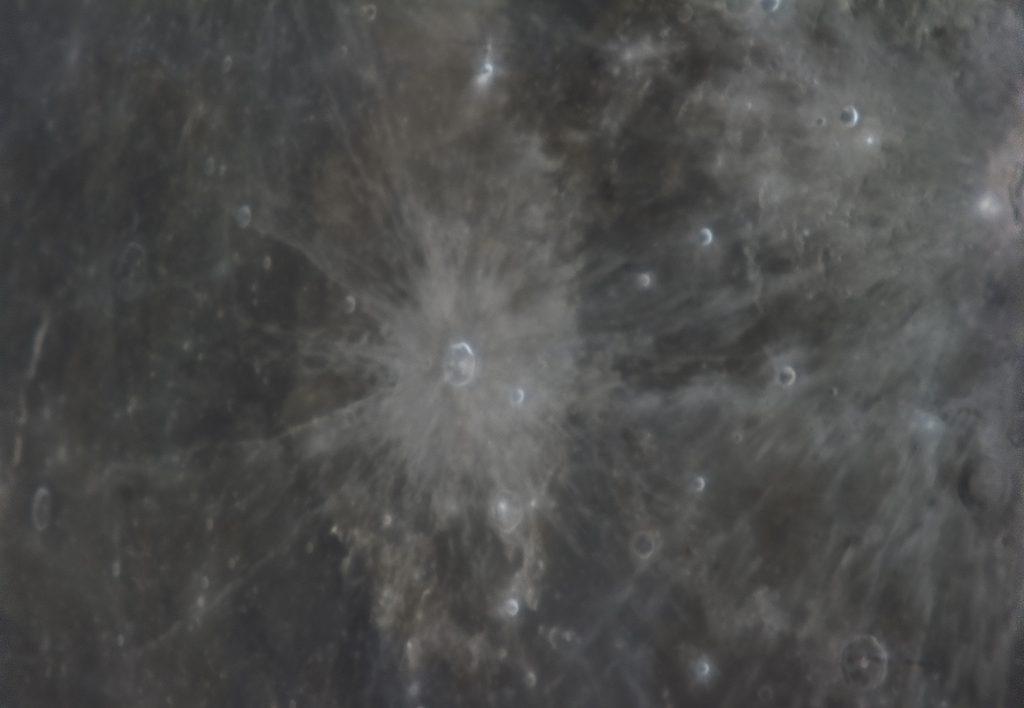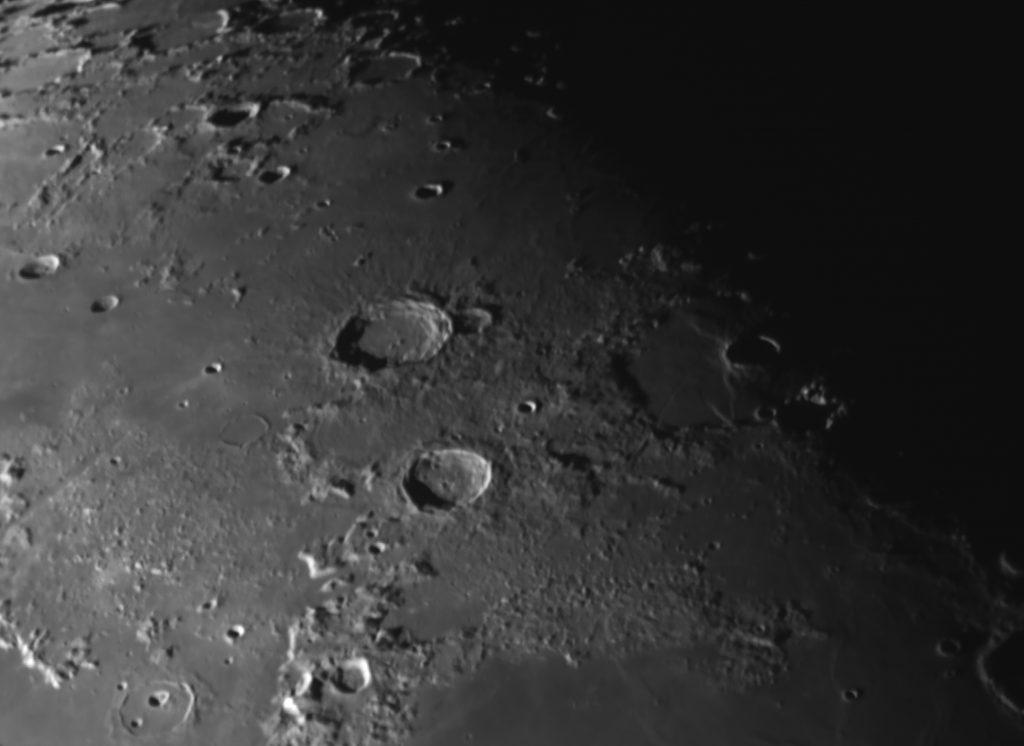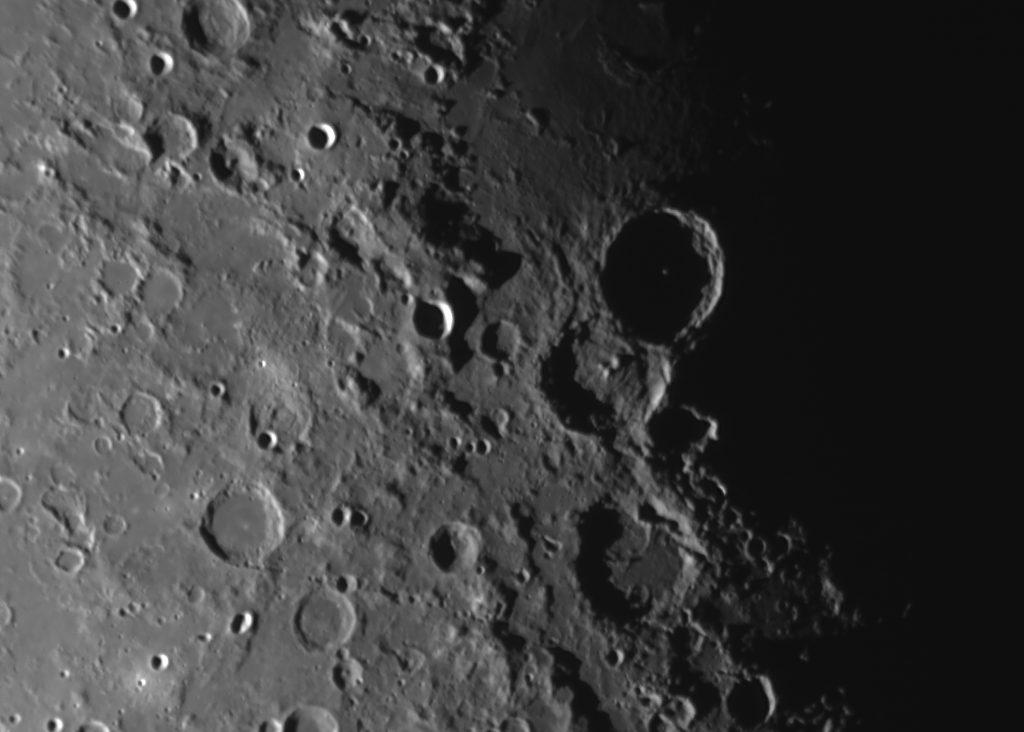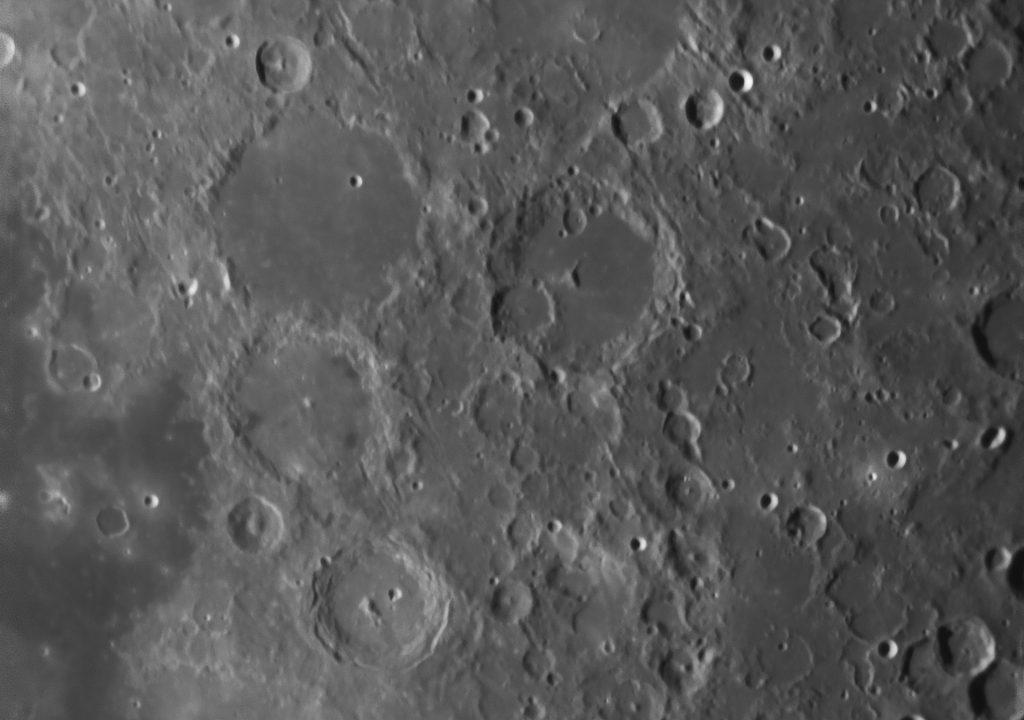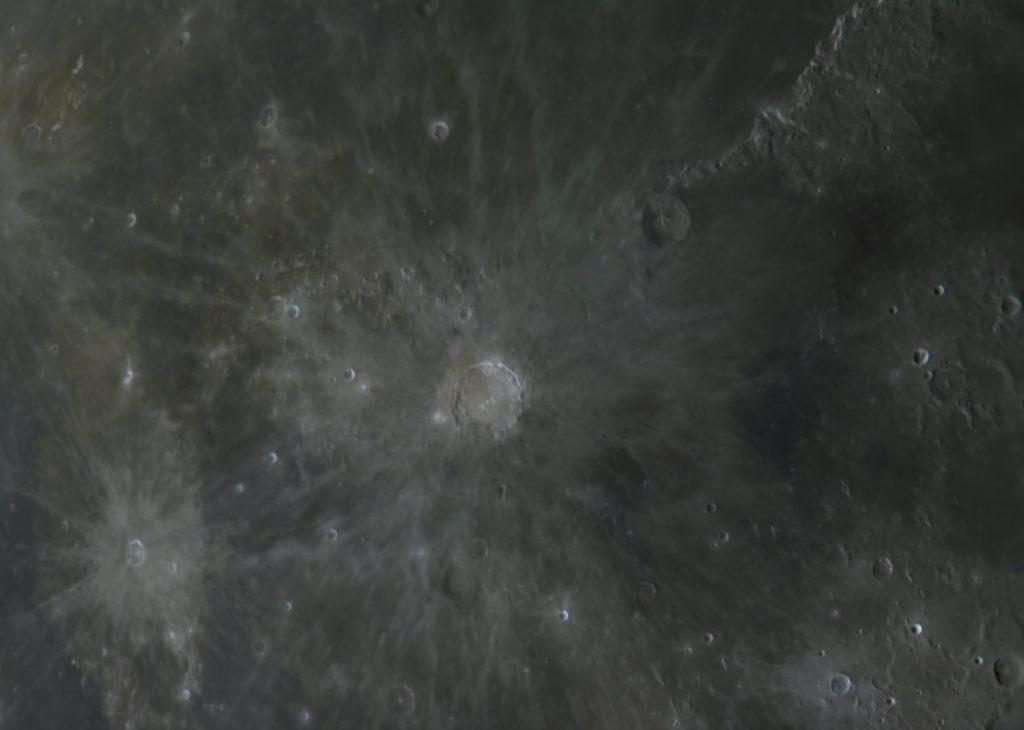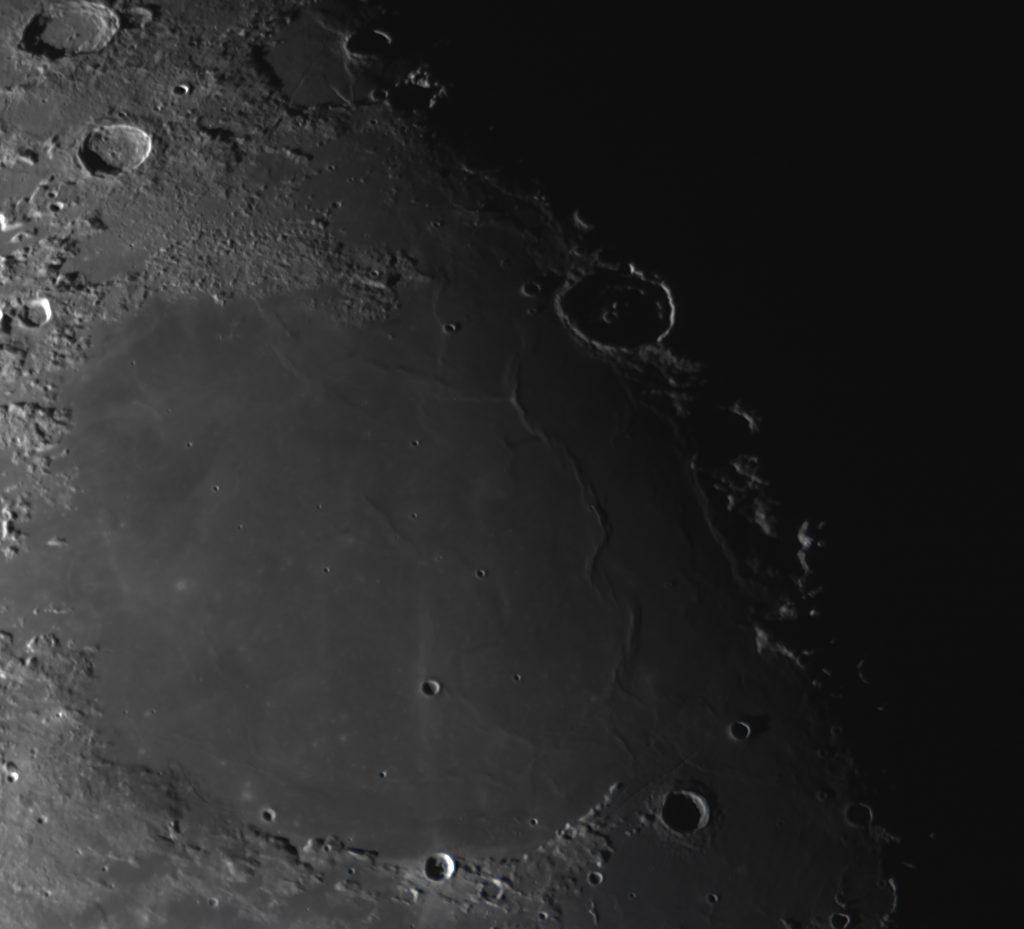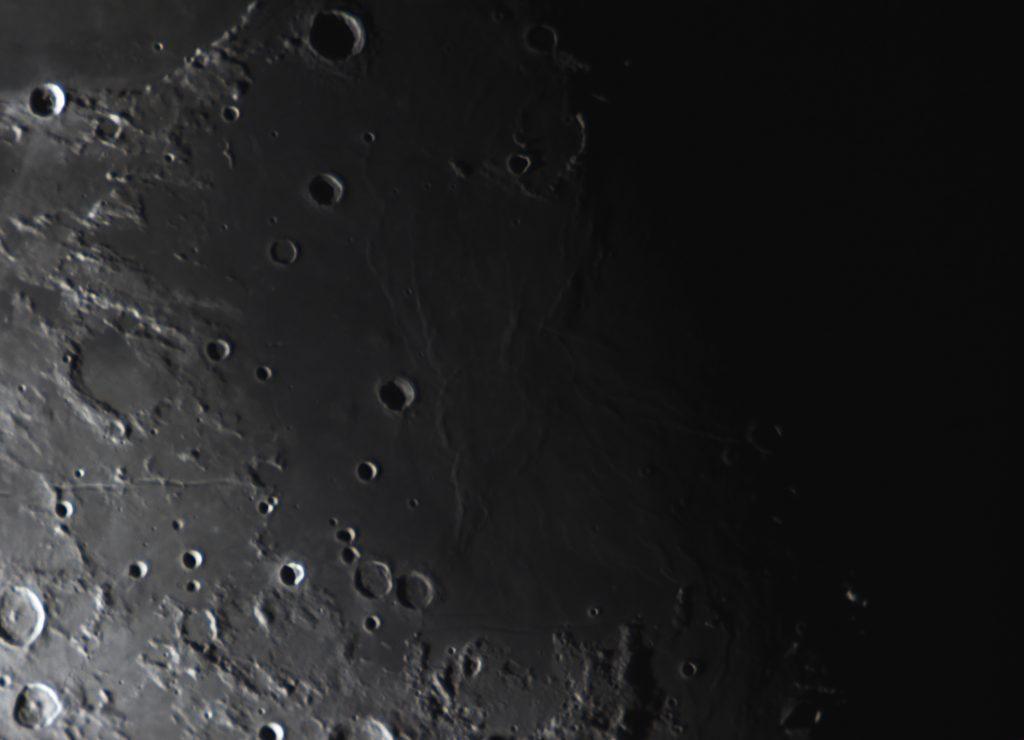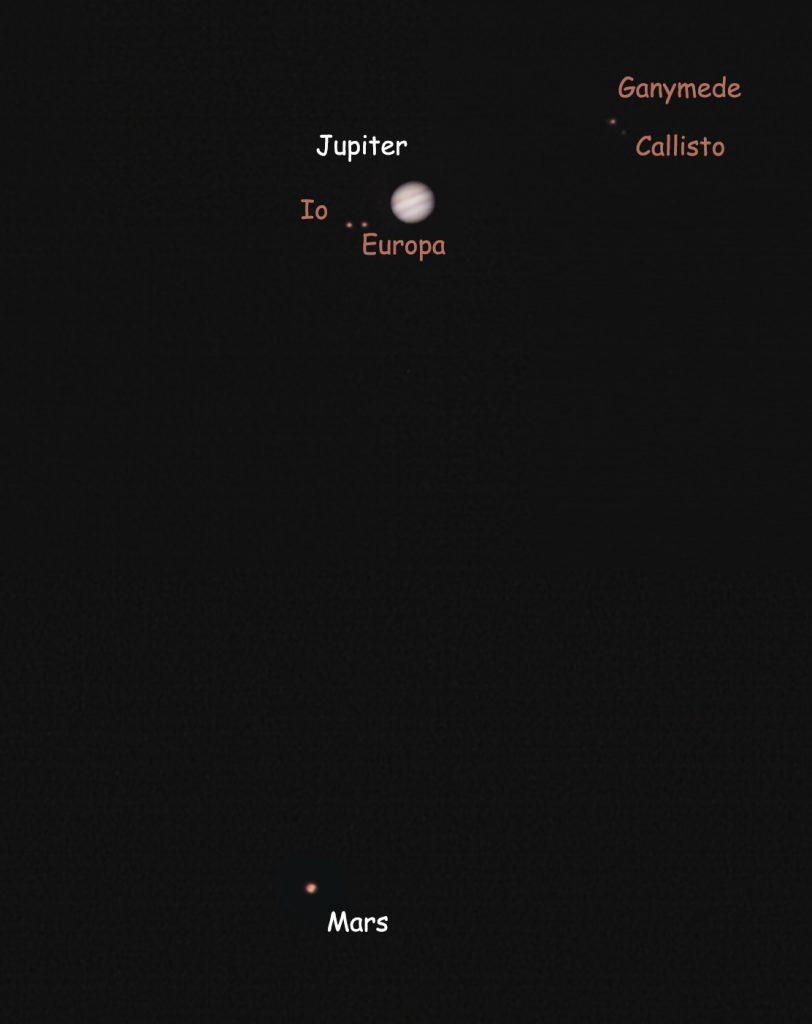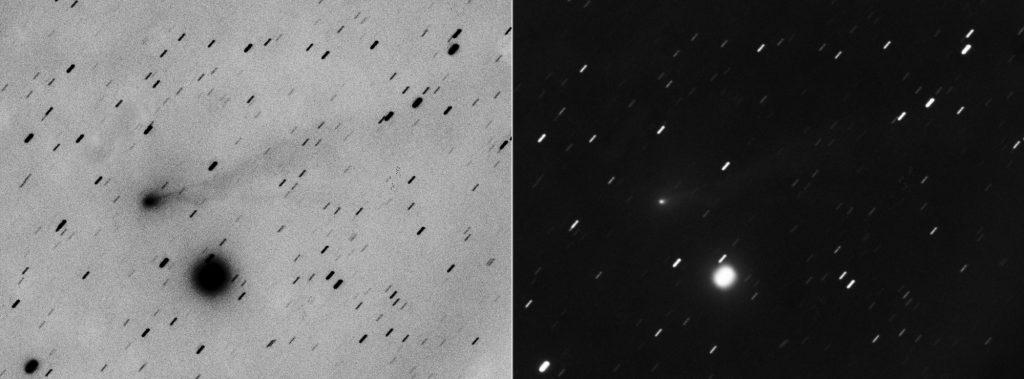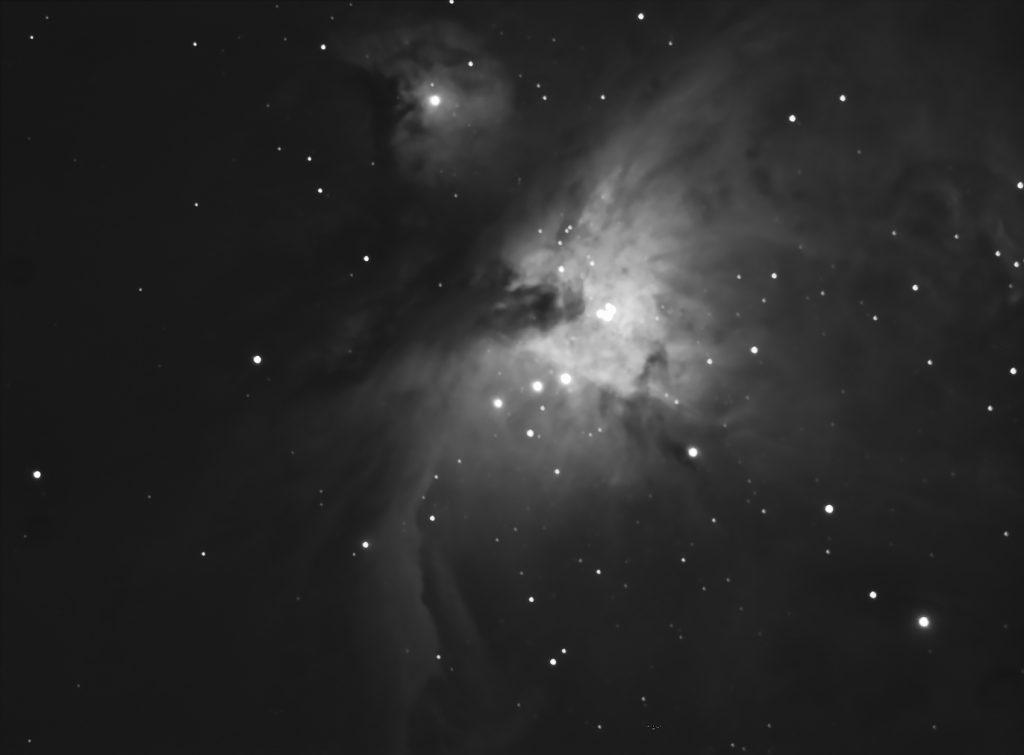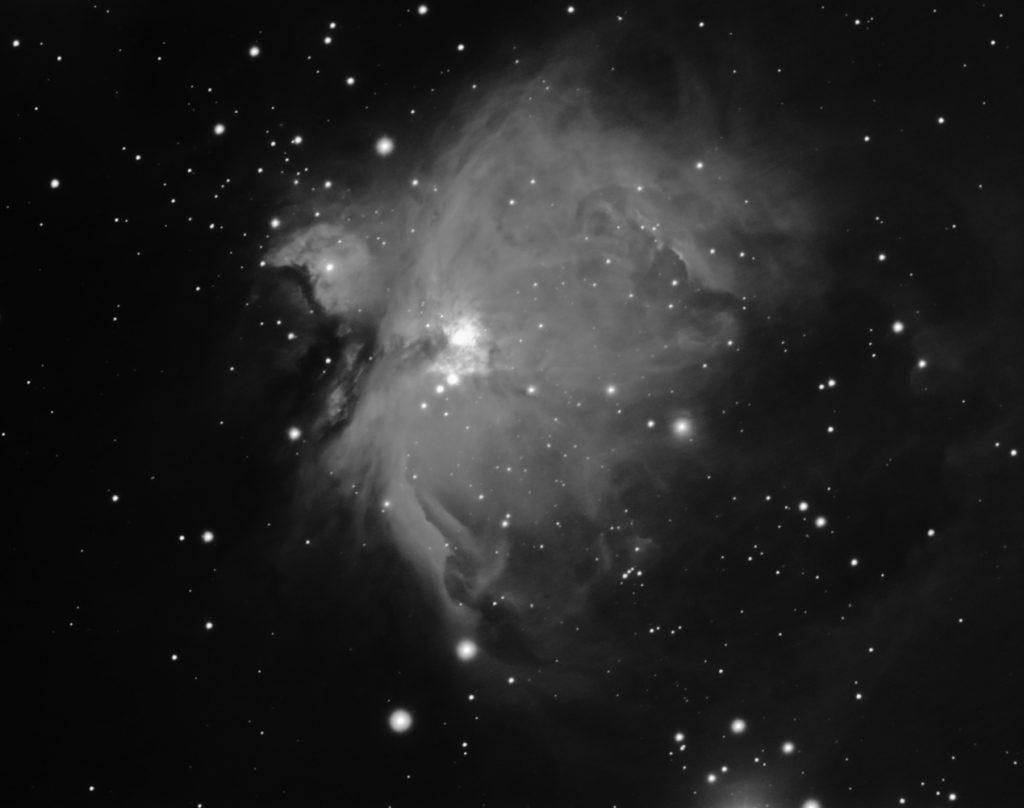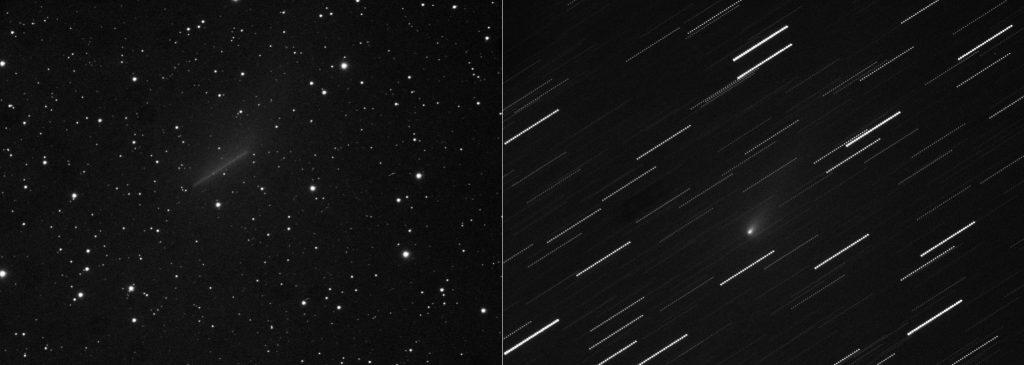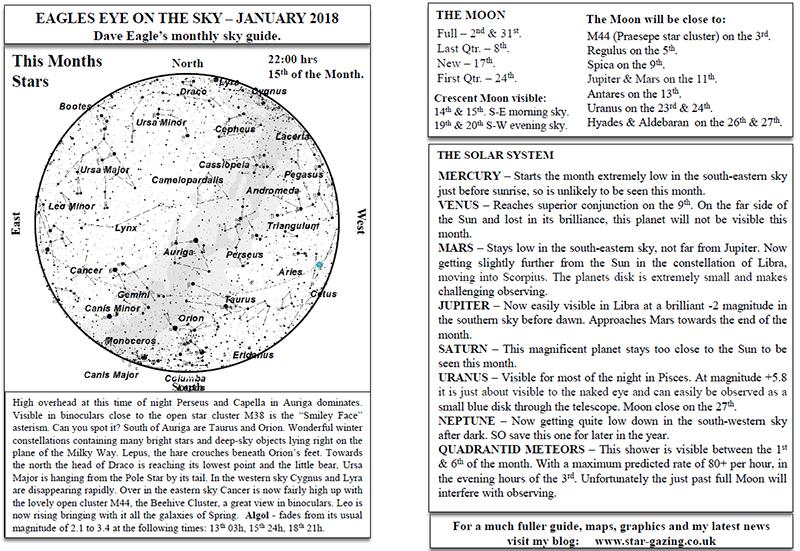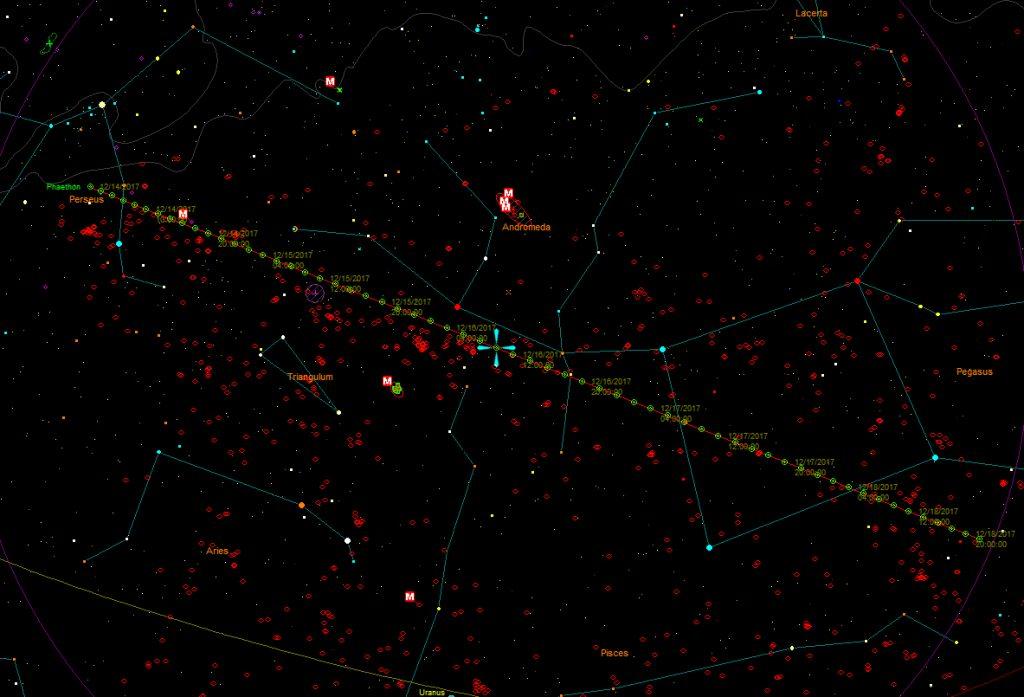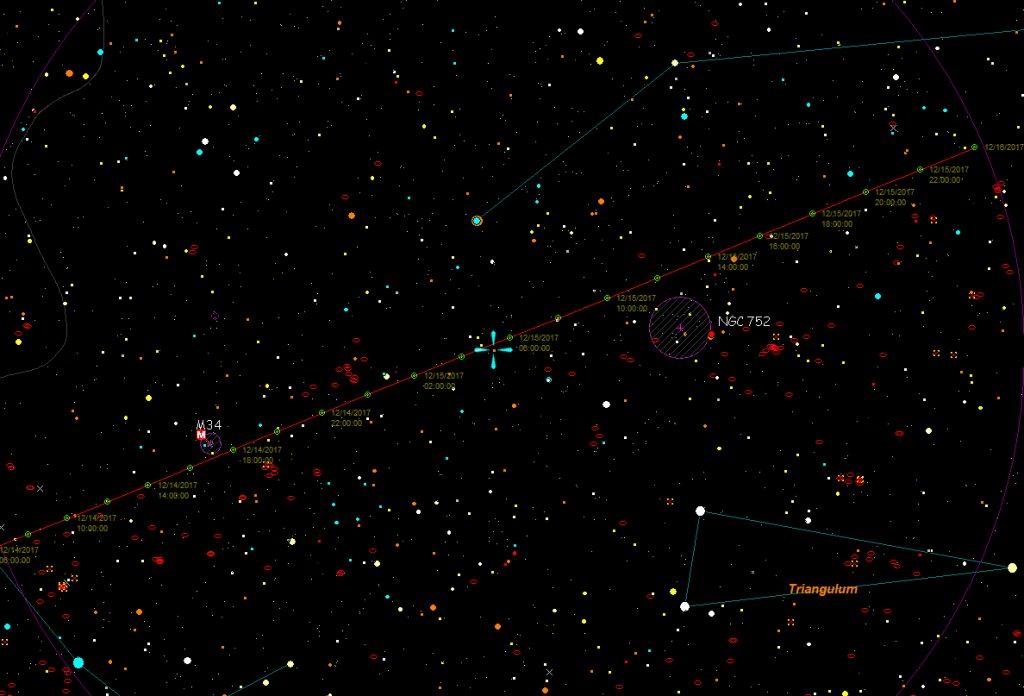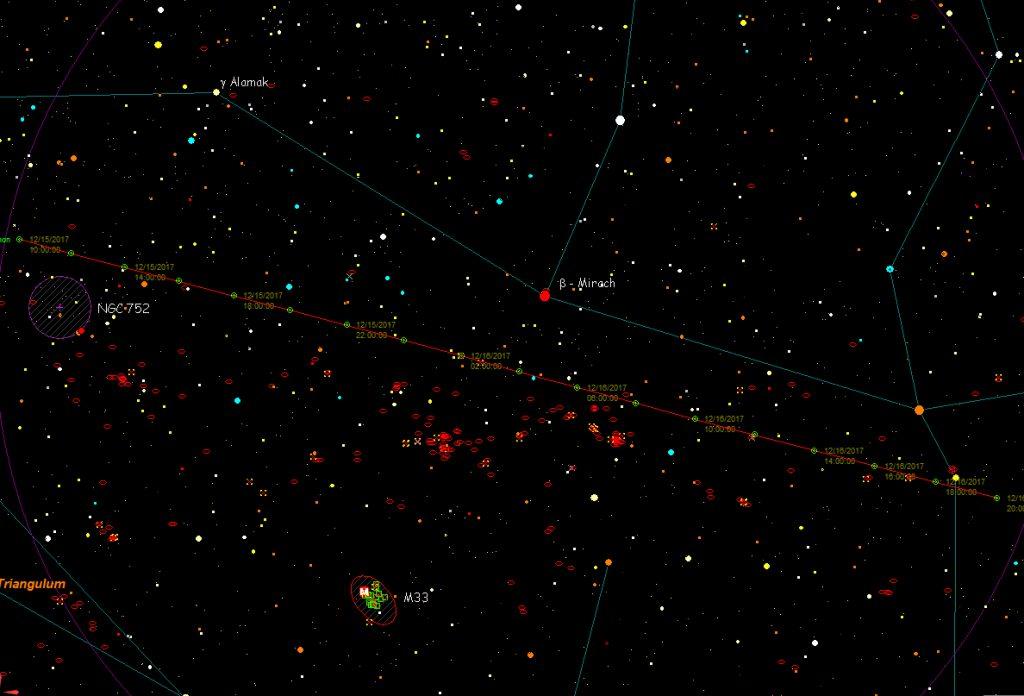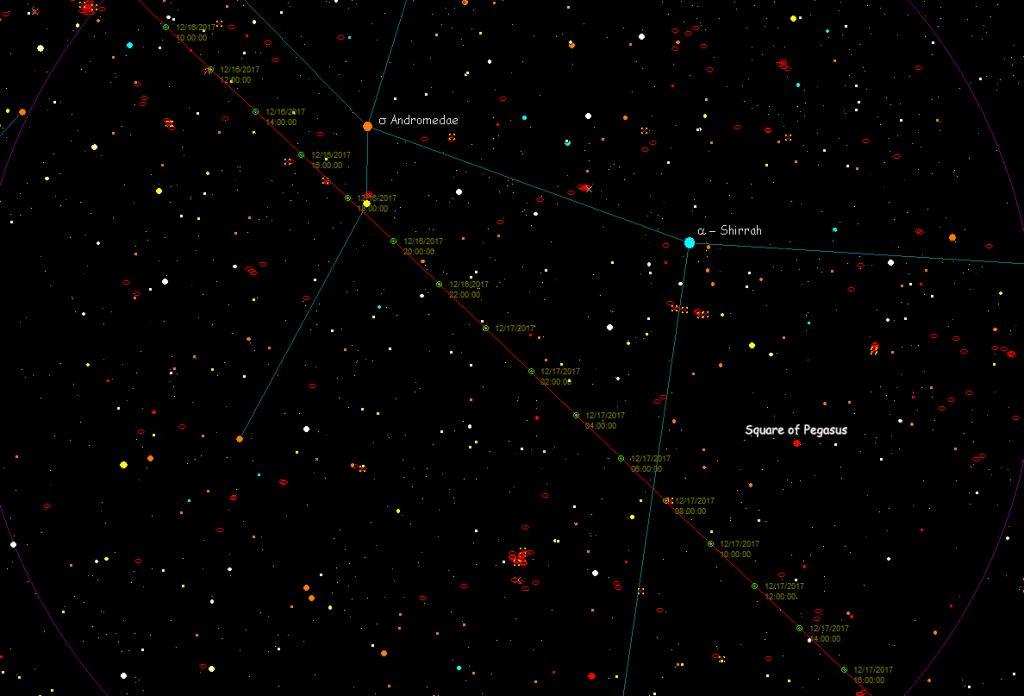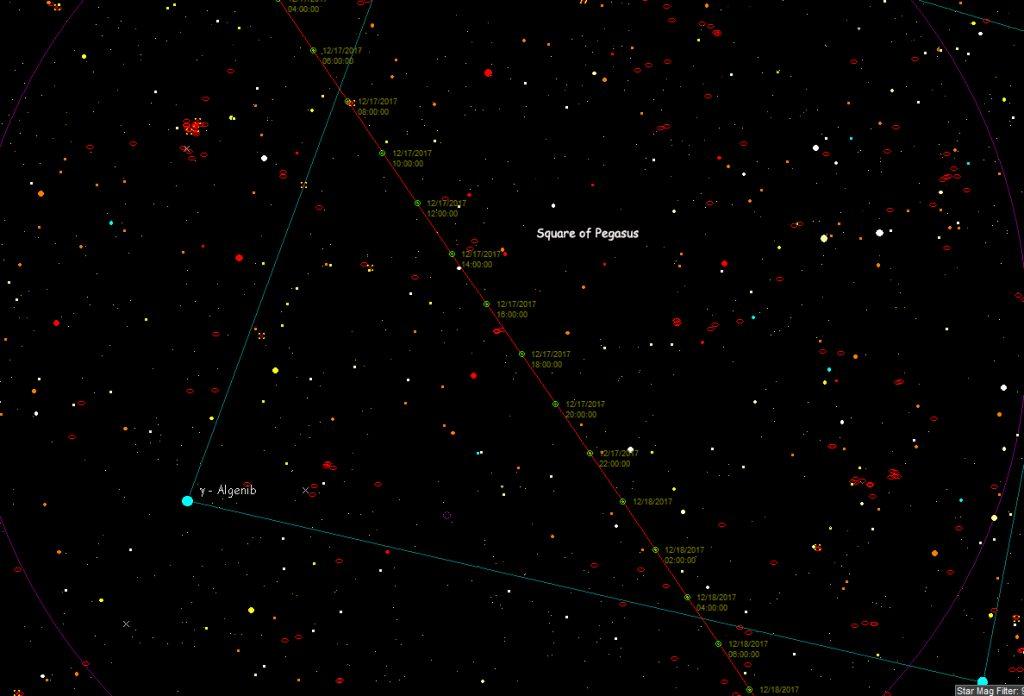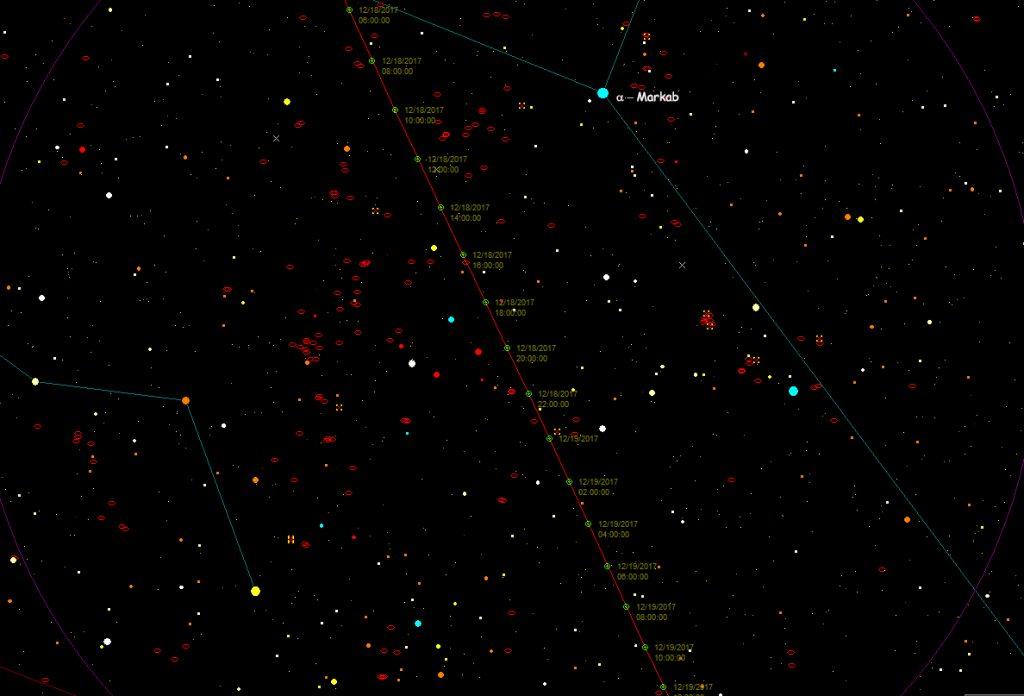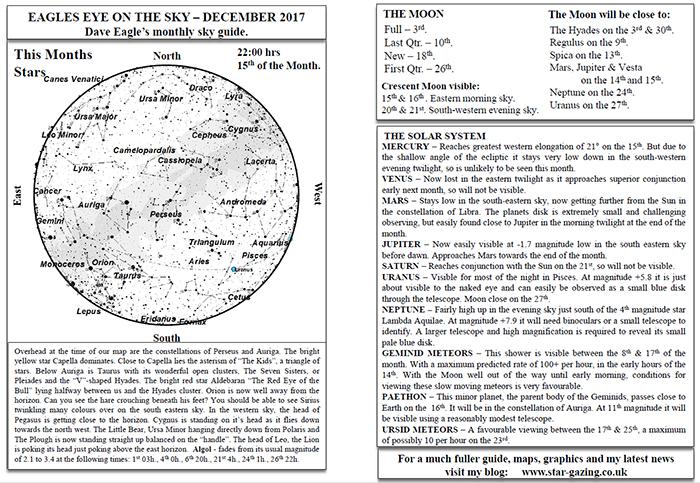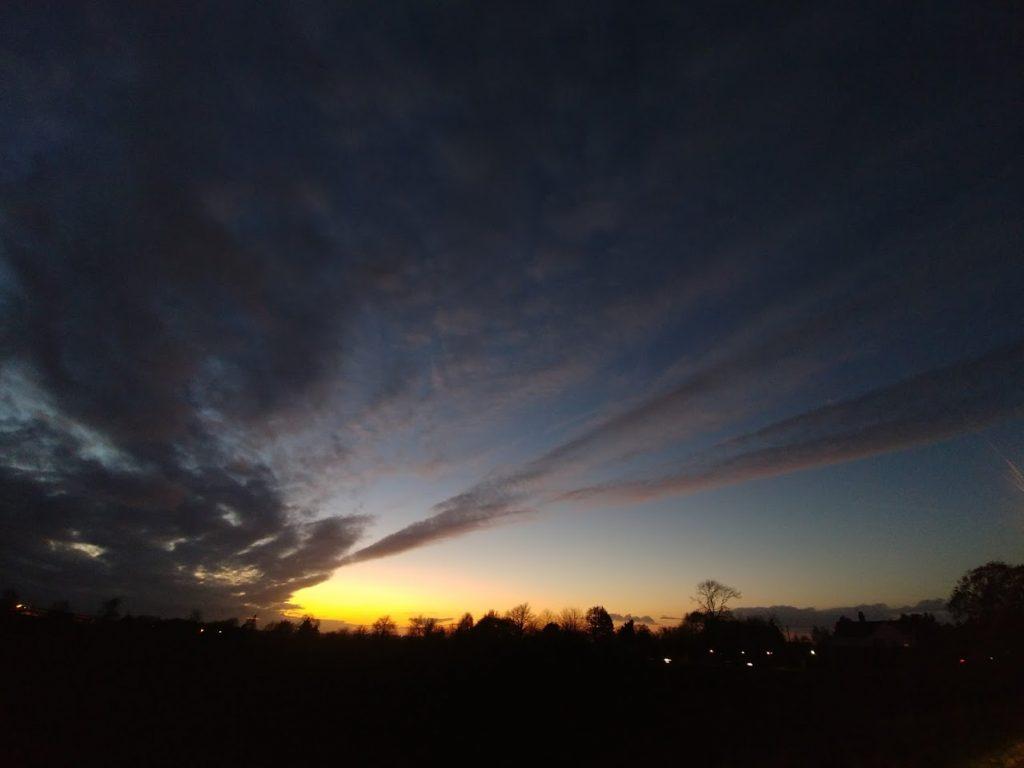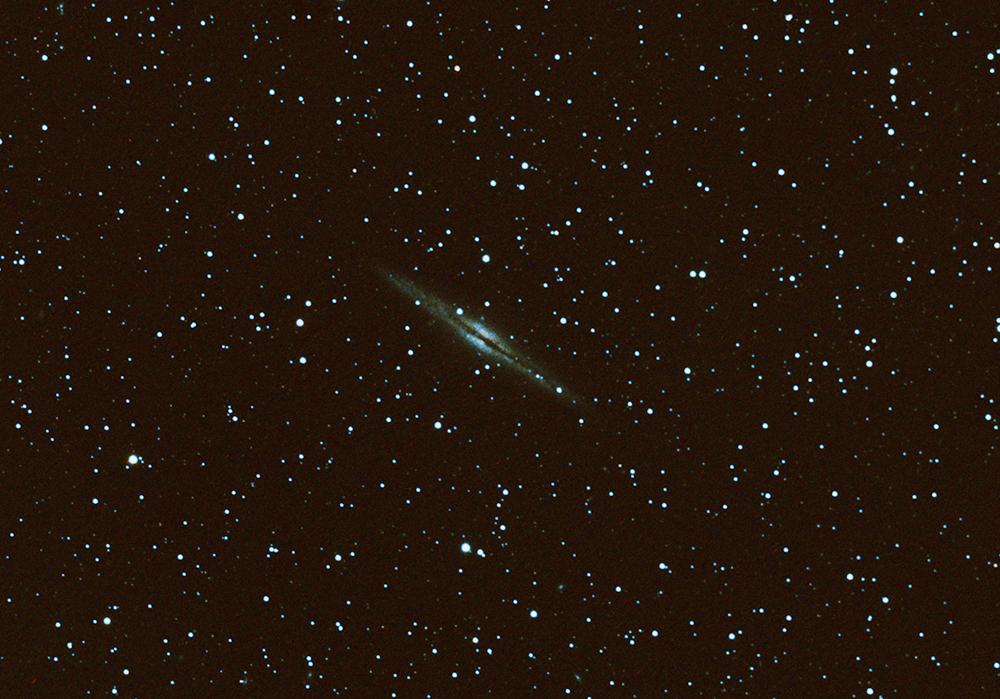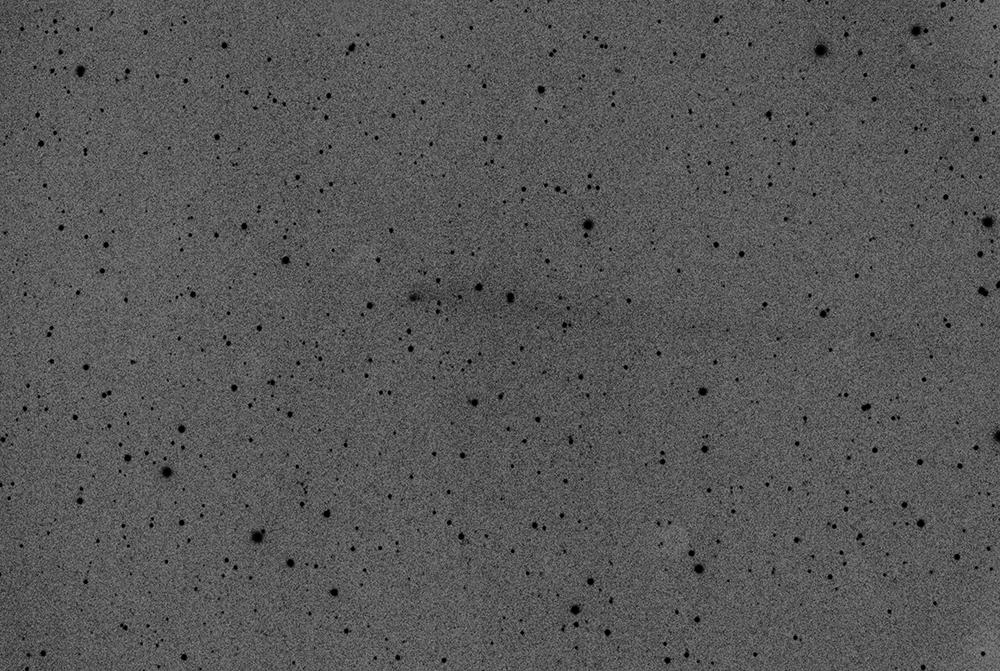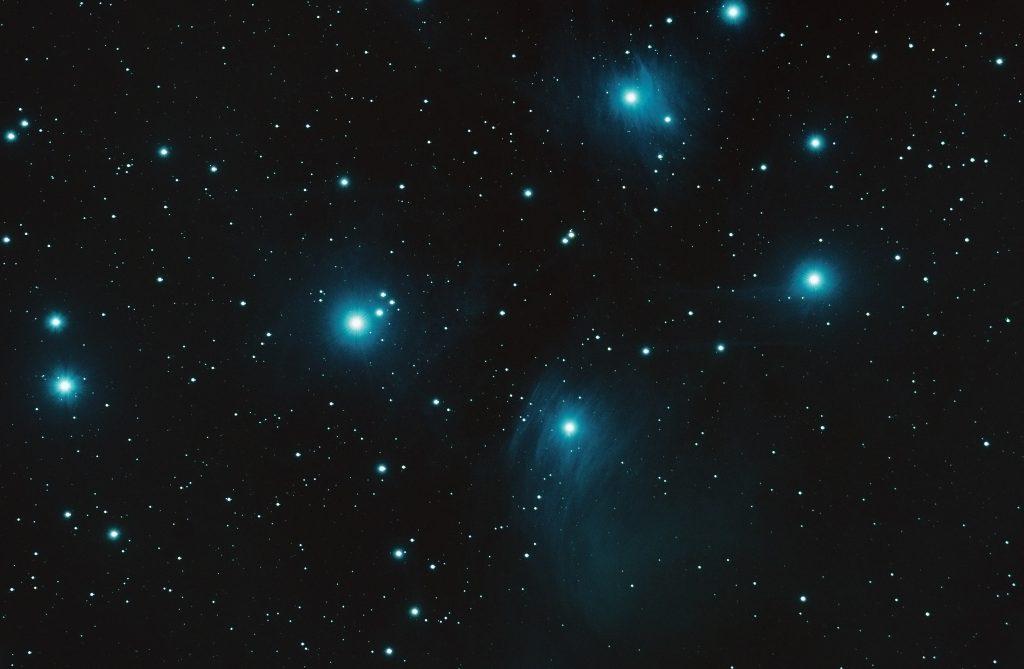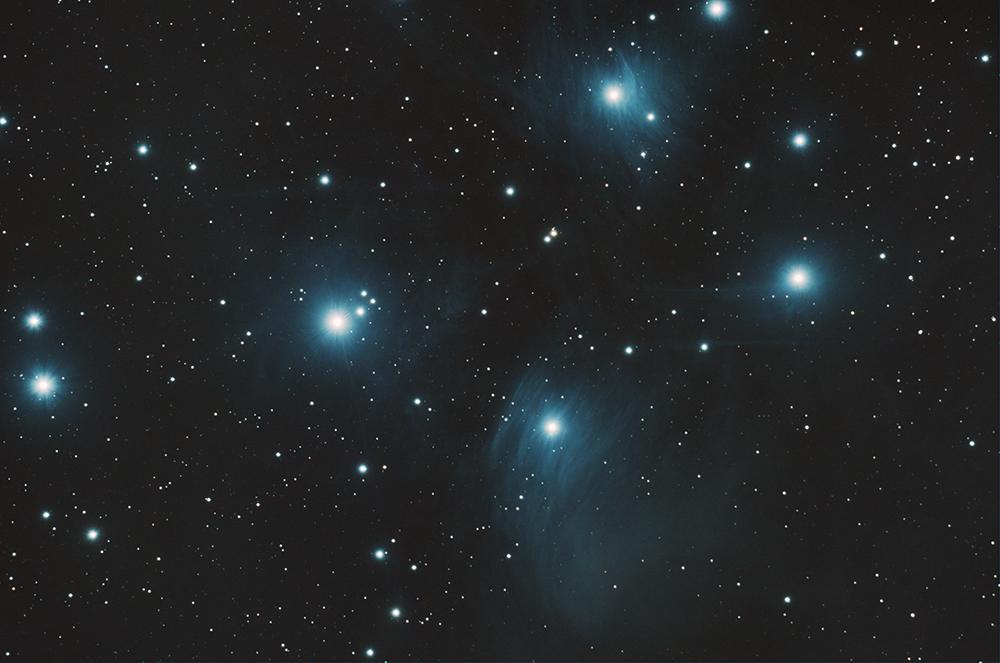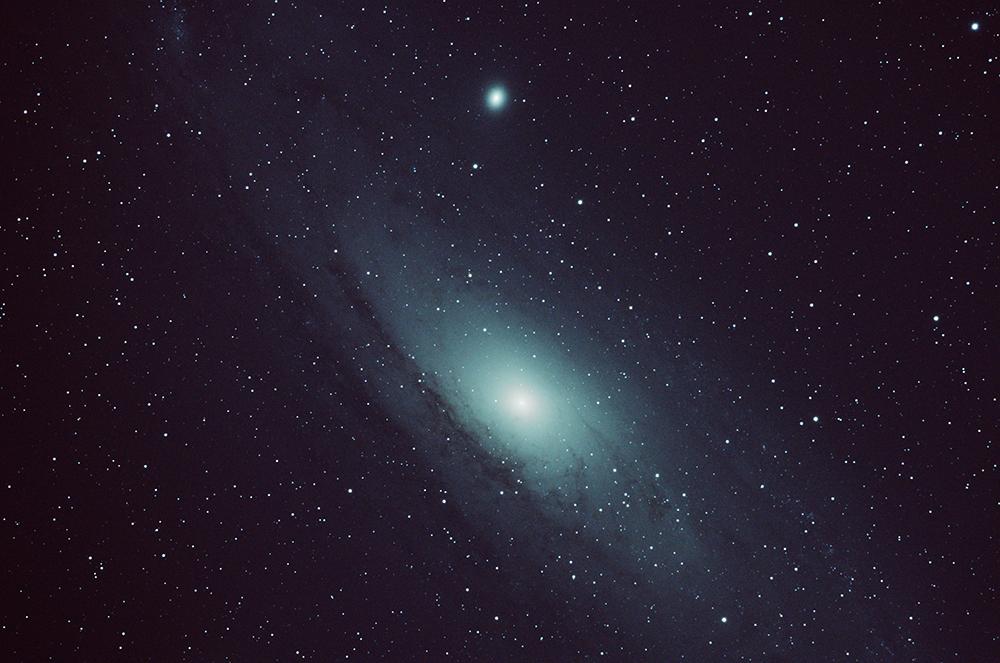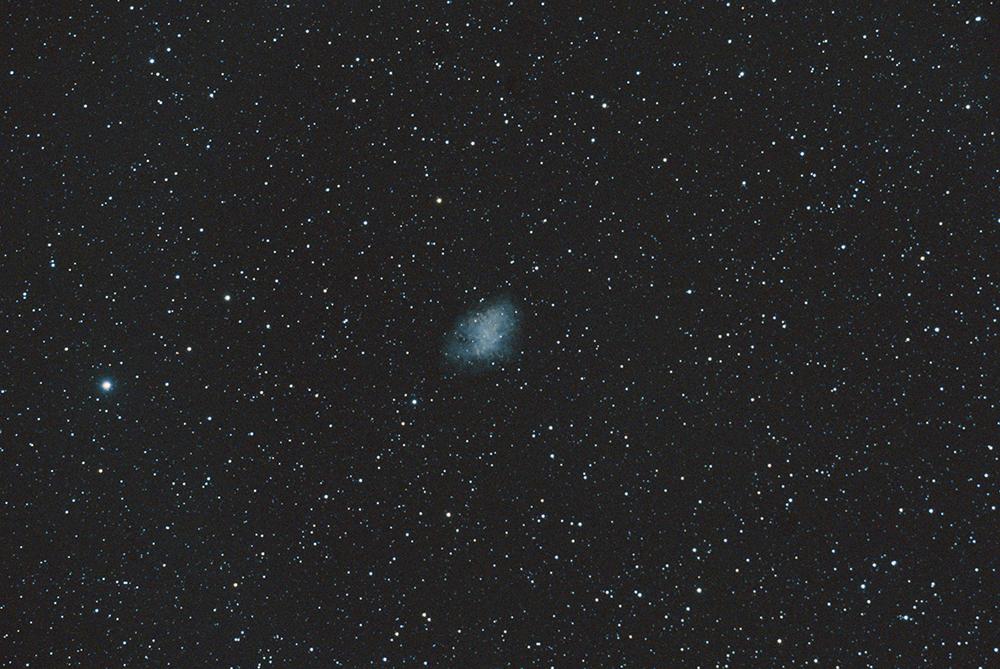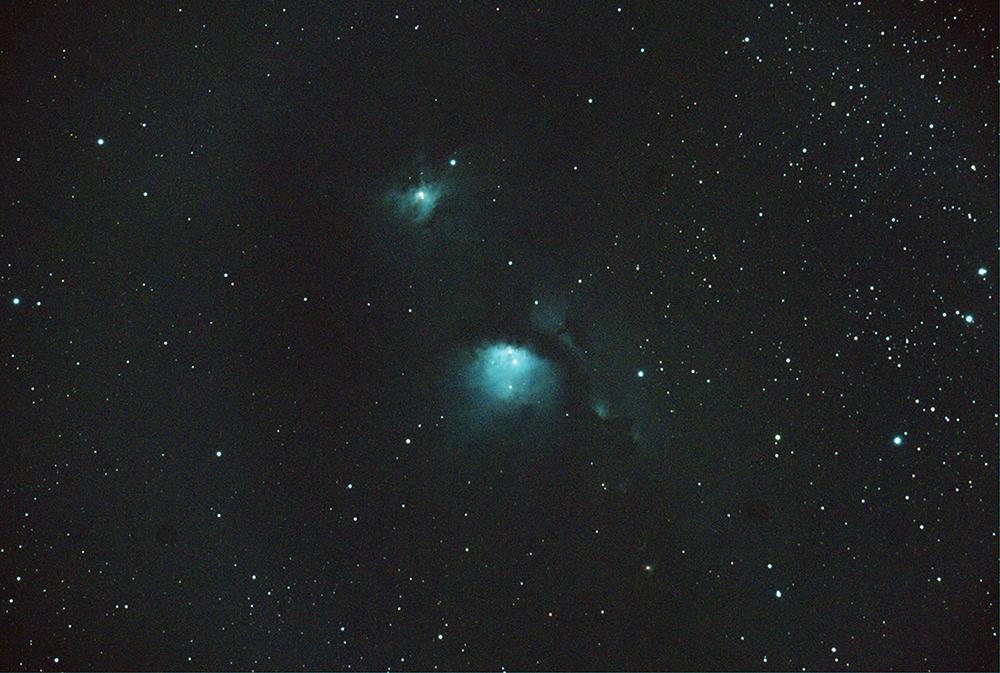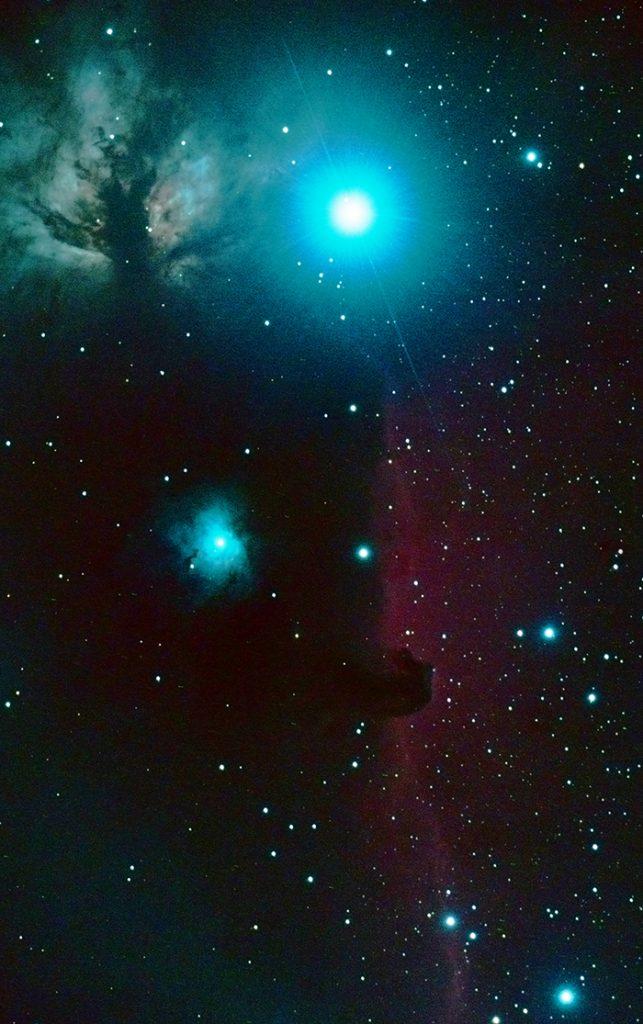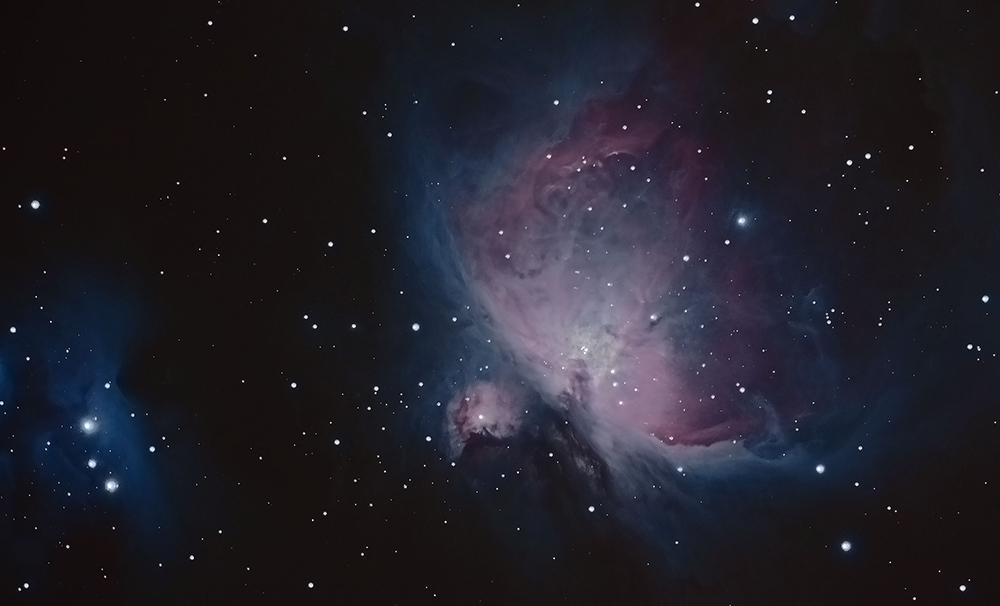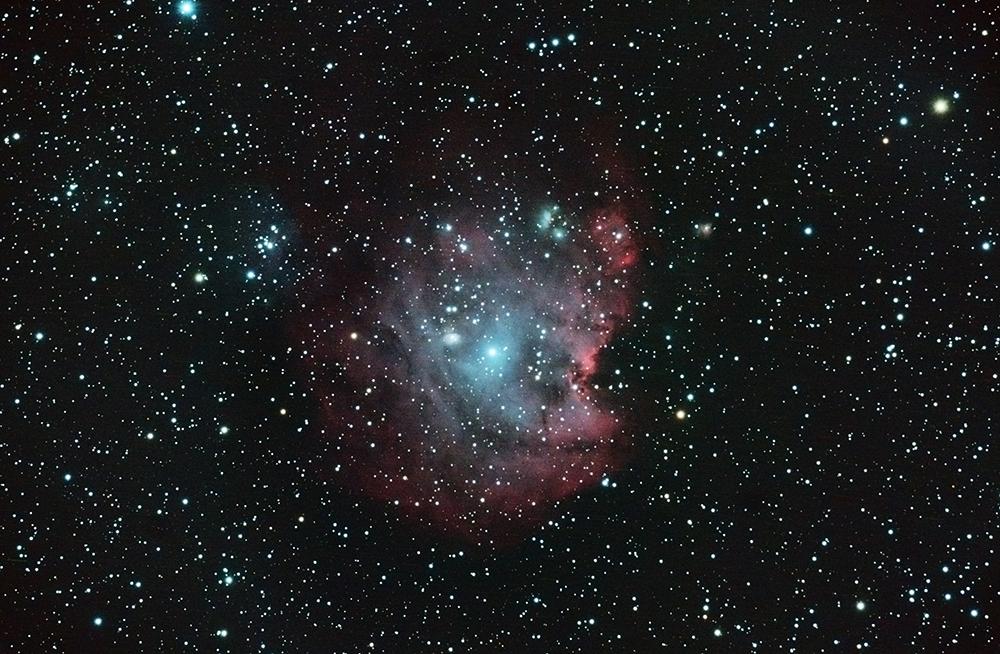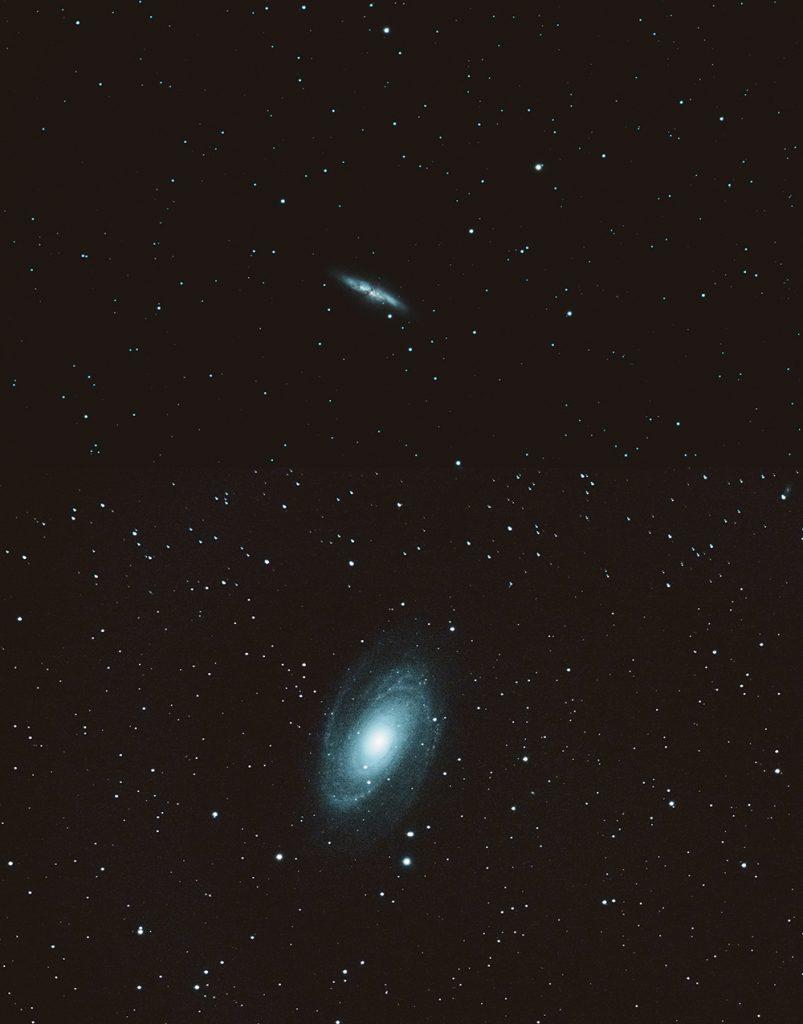…one of these crazy old nights.
Yes, so Jupiter is just reaching opposition.
That’s fantastic, because it’s the best the planet will look all year, but, Oh Yes, there’s always a but! It is at its highest in the sky at midnight, so you have to stay up that late to capture it at its best.
Dear readers, last night all started out so well. As it got dark, I set the scope up and was ready to catch Venus before that got too low. It was a blazing beacon shining above the neighbours tree (Thankfully), so I was able to capture it. I used my monochrome DMK41 camera and a Venus UV filter which has just about captured some faint cloud details.
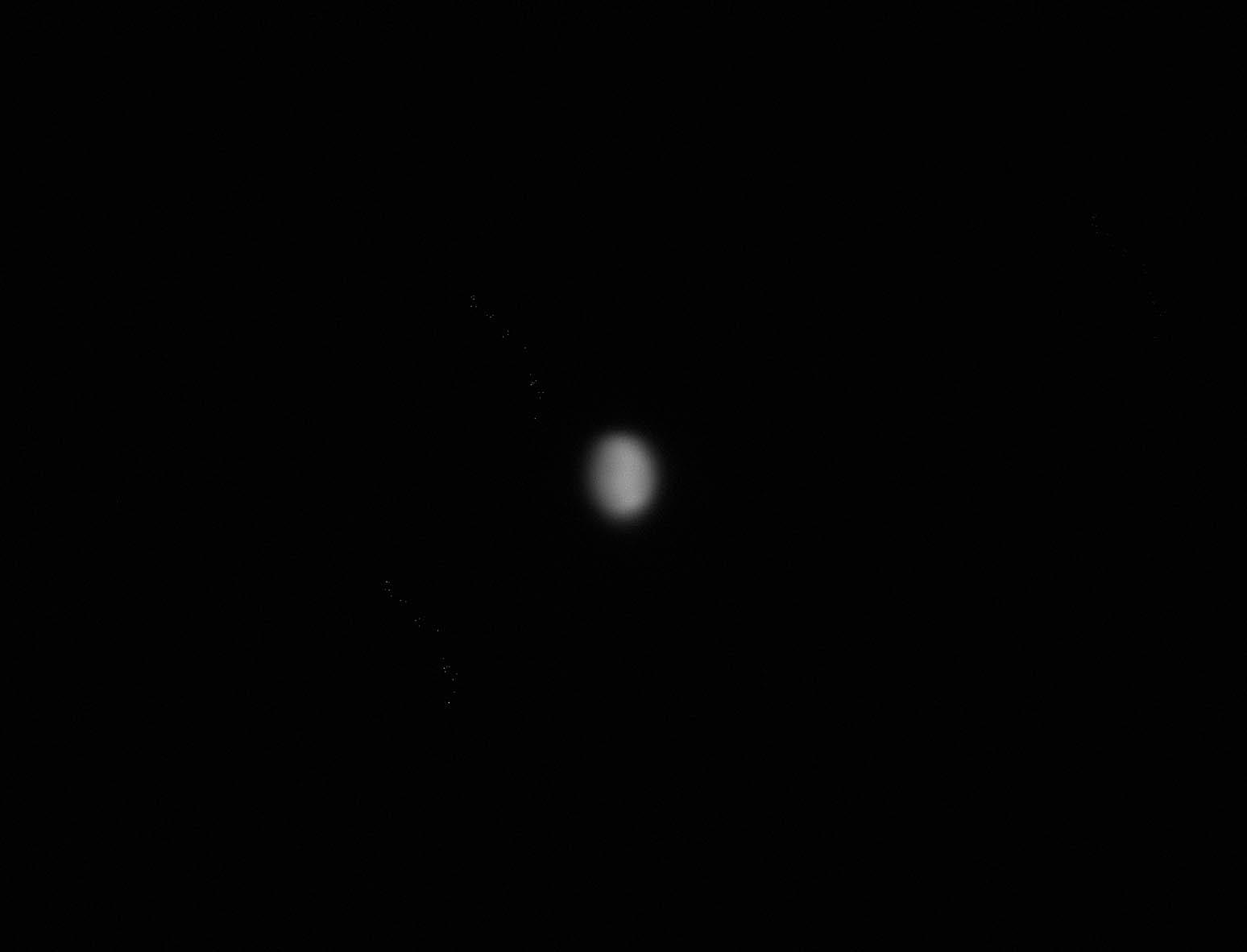
So Venus very soon became too low and was gone.
So I set up the CCD camera to capture some deep sky objects while waiting for Jupiter to rise from behind the neighbours house.
First target was spiral galaxy M100. I chose this as it was well up and its spiral arm structure is spectacular. Finding the damned thing was the first real challenge. Since the observatory has been dismantled, the mount is no longer computer controlled. Luckily, I know my way around the sky and can star-hop… Or so I thought. Ha!
After a lot going of backwards and forwards, I finally got the galaxy close to the centre of the chip. The tracking wasn’t going too well. The galaxy was gradually drifting towards the top of the frame (I know, I know, Check the polar alignment…). Lots of subs were slightly trailed. Nightmare!! But in the end I got enough subs something that was recognisable, albeit a little noisy.
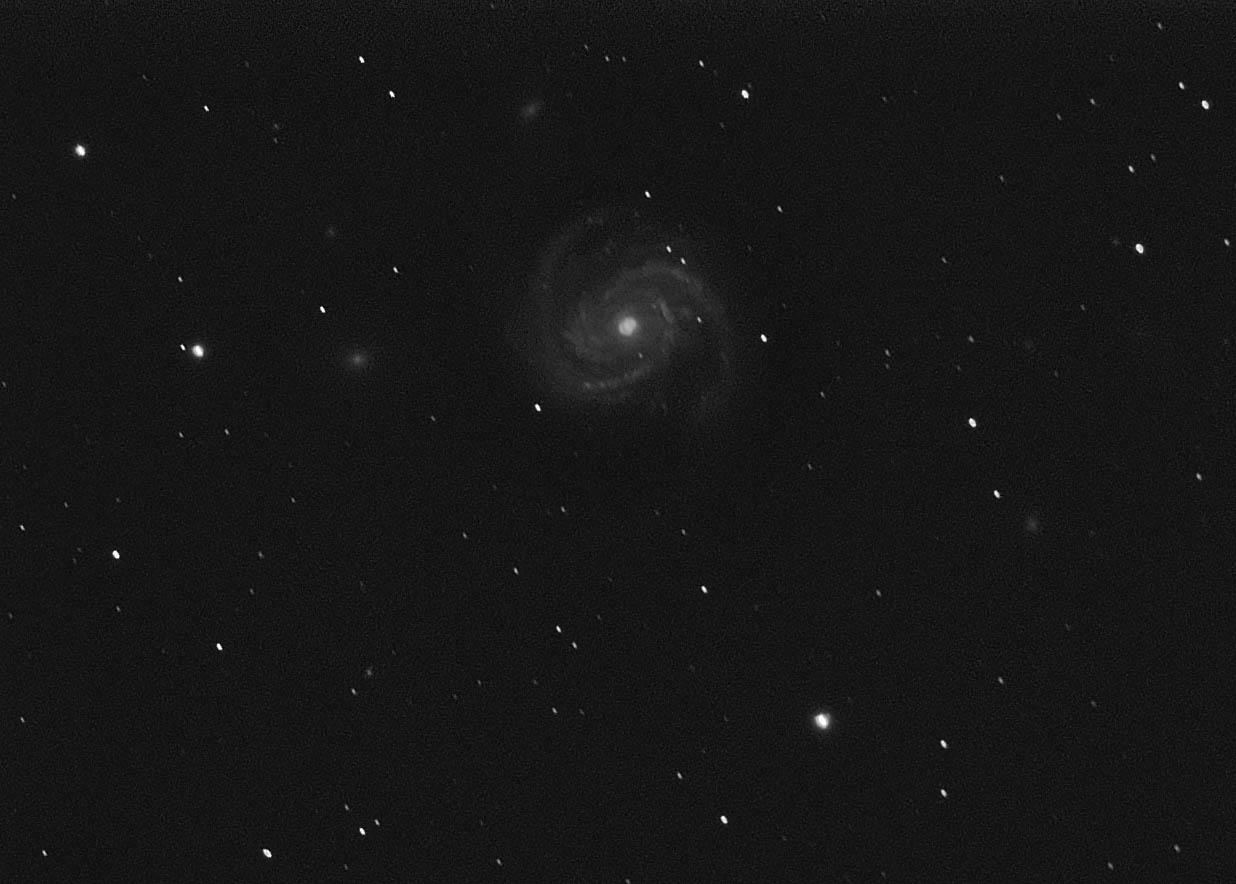
Then my fun night really began. I thought I’d try and go over to capture M87, or Virgo A, the super Giant Mega Galaxy. It’s not too far way from M100, so a quick whizz across to that one will quickly bag me that one.
How wrong I was. Backwards and forwards went the scope, pointing it at the place the galaxy should be, nothing! The odd random galaxy popped into view as I moved the scope methodically, but could I identify any of them on the planetarium program? NO! It took me the best part of an hour to finally get the galaxy in the frame. Again, I had the same issues with these images as M100, but I was there now and I was determined to at least just get an identifiable image. Focus also seemed to be an issue once I stacked the subs. The jet coming off the core isn’t visible.
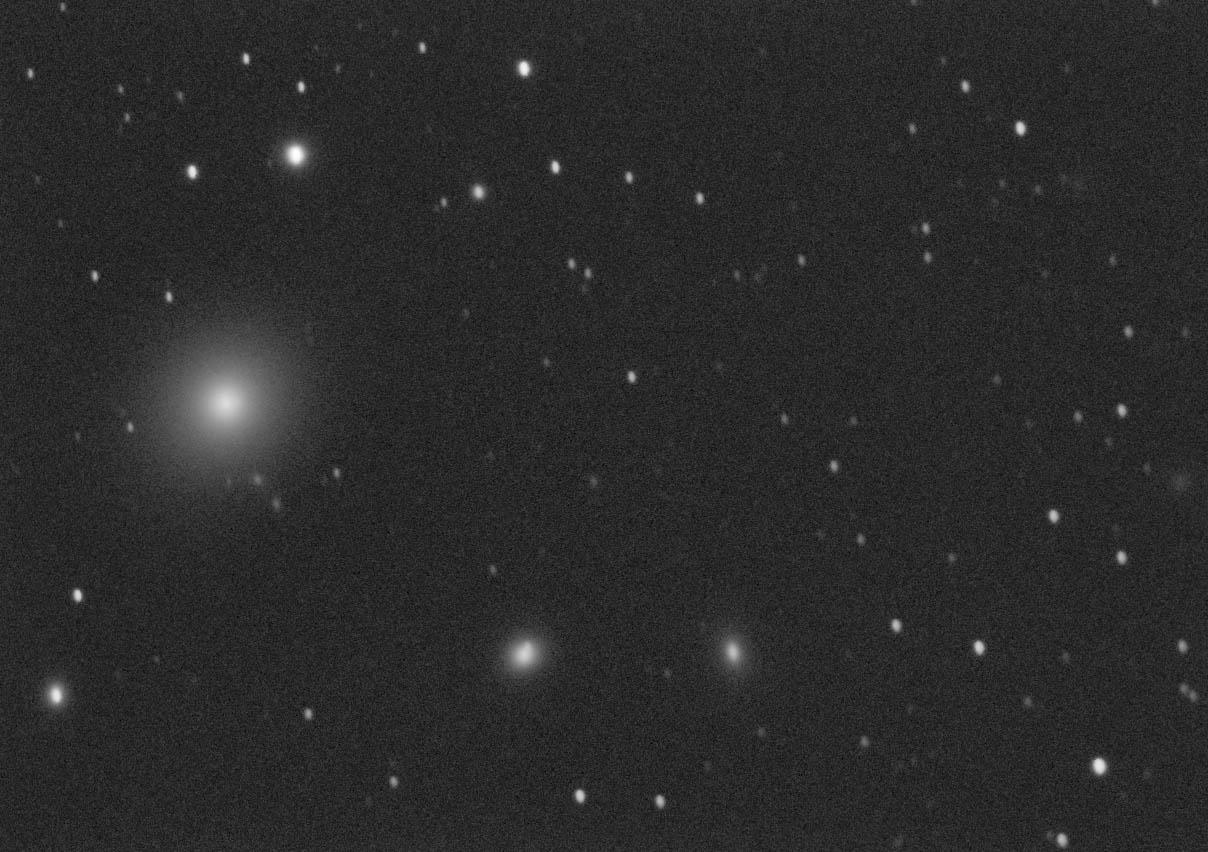
But no sweat… The main event was just starting.
The mighty Jupiter had now cleared the neighbours roof, so I put the CCD away and got out the colour ZWO camera. Ha Ha!! Now we’ll see some real action!
Jupiter looked fabulous, I had a few nice views through the eyepiece then connected everything up to the laptop. Now we’ll get something decent! I centred the large bright blob on the screen and started to adjust the settings and focus to get a good image for capturing. It didn’t take long before I realised that the changes I made were making any difference. In fact, the image had completely frozen. I closed the Sharpcap image capturing program and connected back to the camera. Same problem. So frustrating, when it’s worked so many times before now on the same laptop. I re-booted the laptop twice (just in case), but it made no difference. After 40 minutes of faffing around and deep frustration, I swapped over to the DMK41 camera I used earlier that night. That too kept freezing. I also tried both cameras using Firecapture software, but same result all round.
At that point it was almost quarter to one. I decided enough was enough and gave it all up as a bad job, packed everything away and went to bed in a real sulk…
Next morning I tried the ZWO camera and even more frustratingly it still wasn’t working. I downloaded and flashed the new Firmware into the camera, then re-installed the camera software. Finally things now seem to be working as expected.
If it stays clear after my talk tonight, maybe I’ll try again later. If it’s not too windy, that is.
Dave

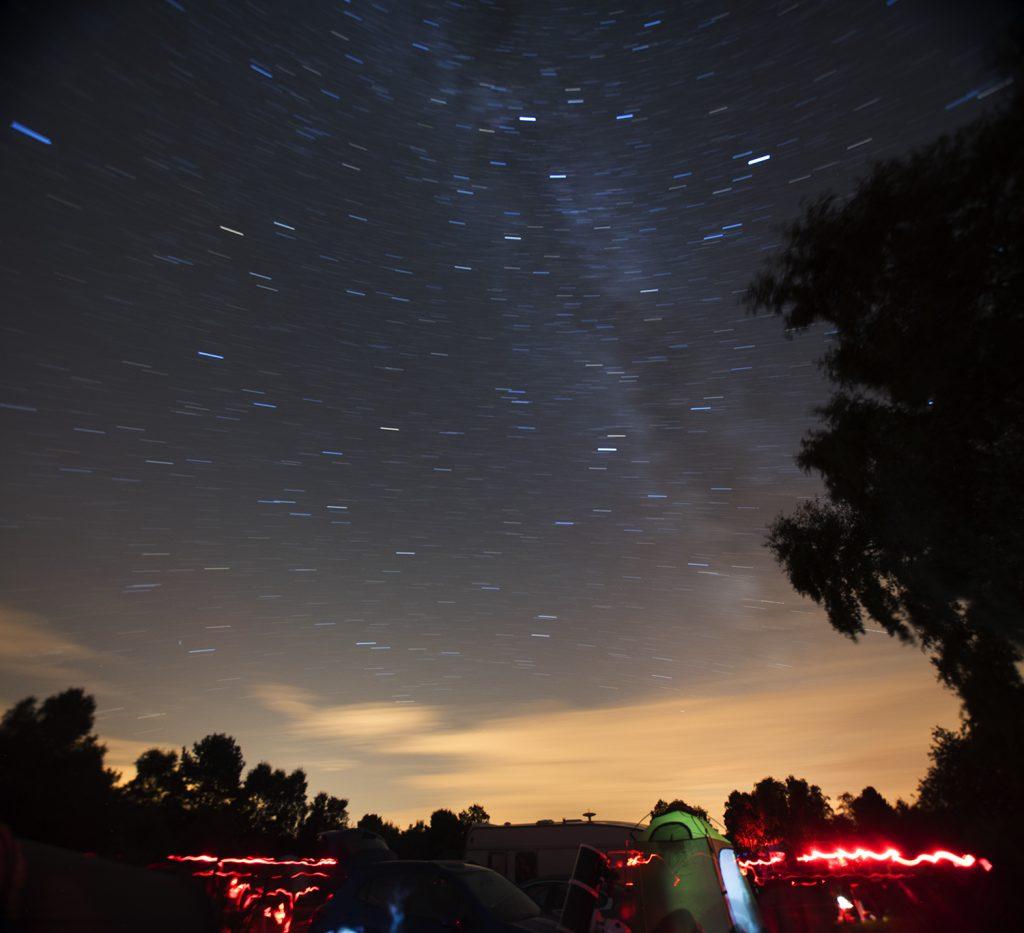
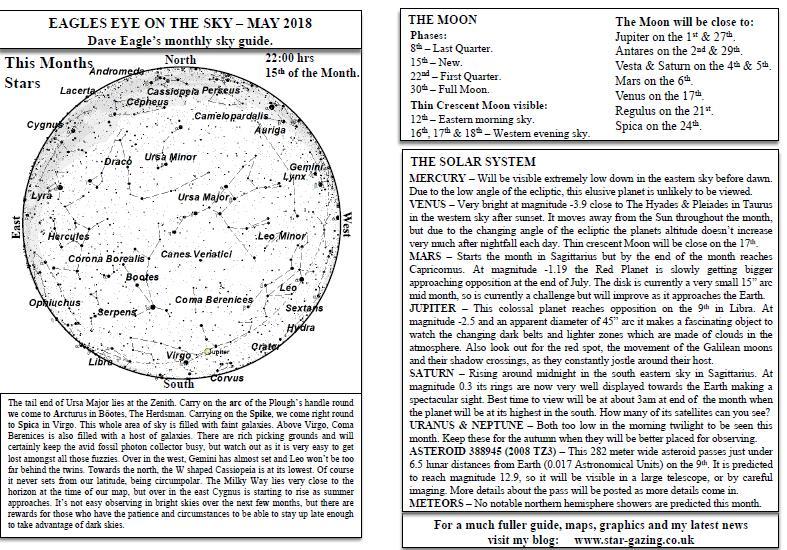
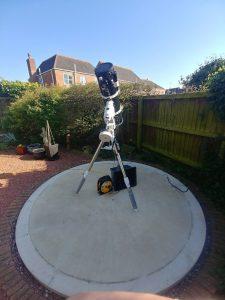
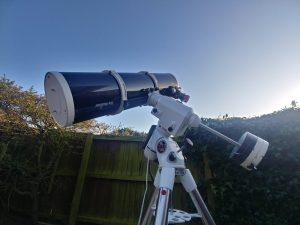
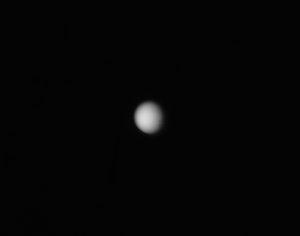
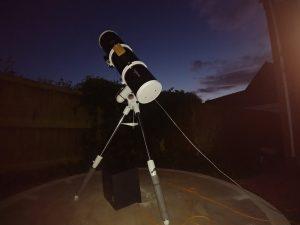 Amazingly, the 22nd of April was also clear with a first quarter Moon. The Lunar X and V clearly visible as the sky darkened. Shadows from Montes Caucasus looked extremely dramatic.
Amazingly, the 22nd of April was also clear with a first quarter Moon. The Lunar X and V clearly visible as the sky darkened. Shadows from Montes Caucasus looked extremely dramatic.